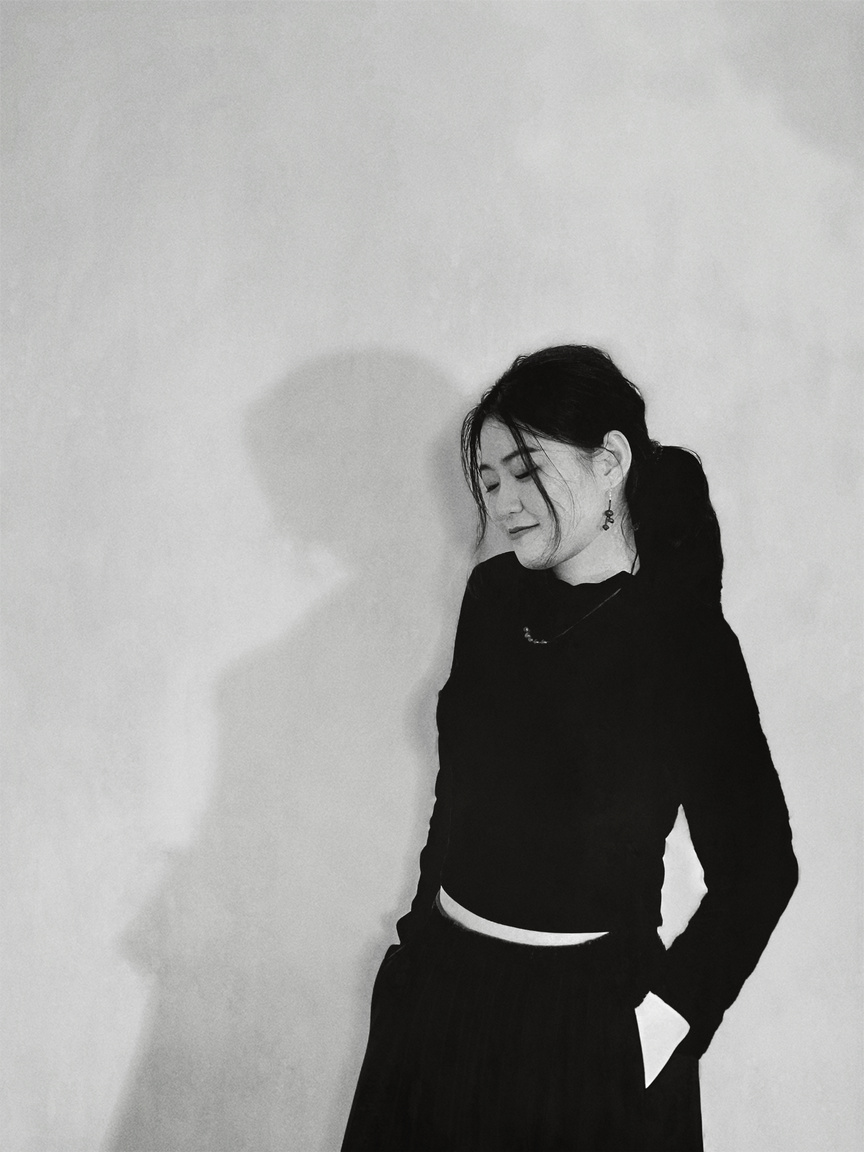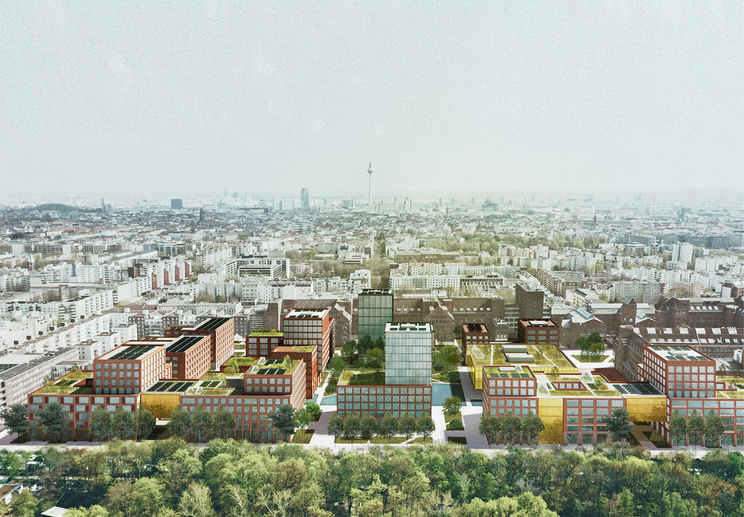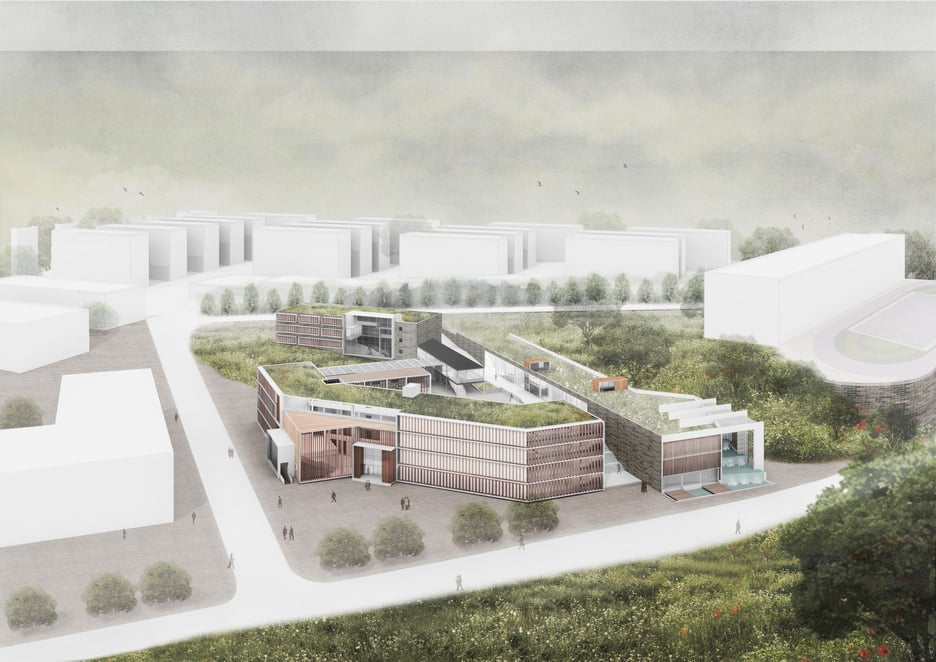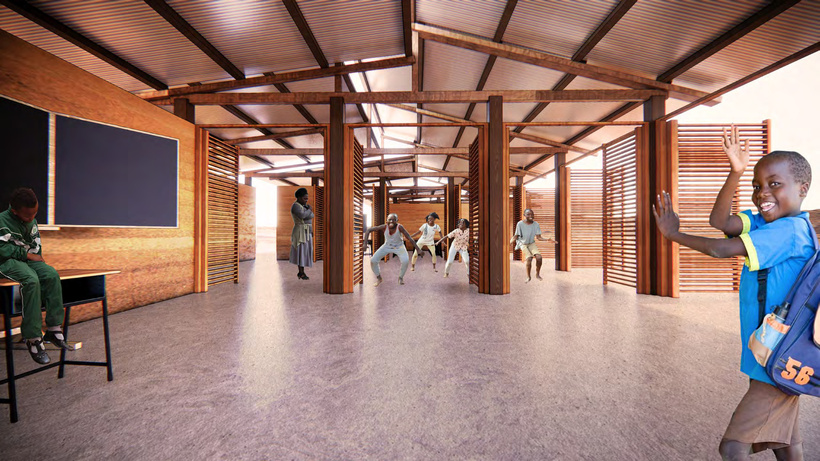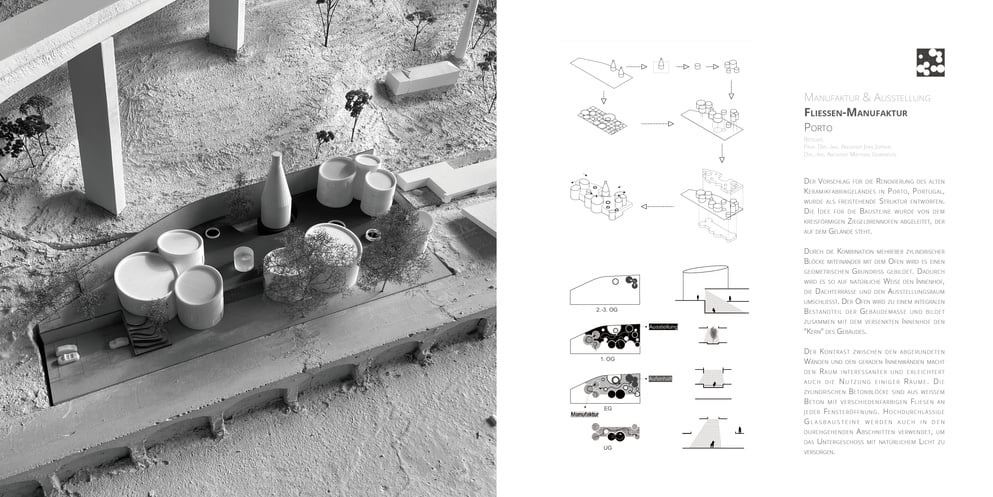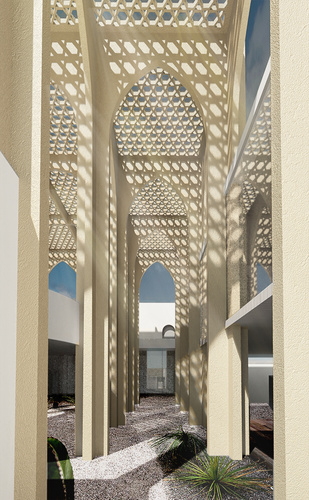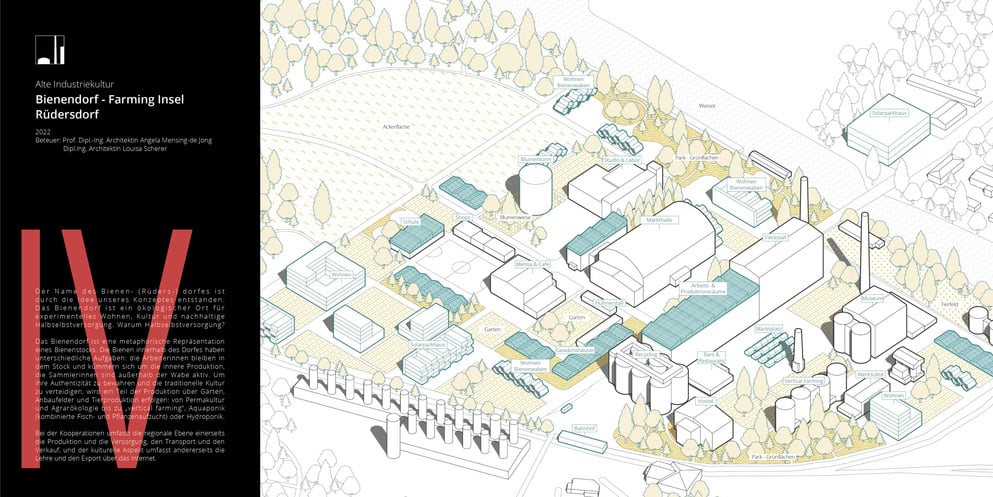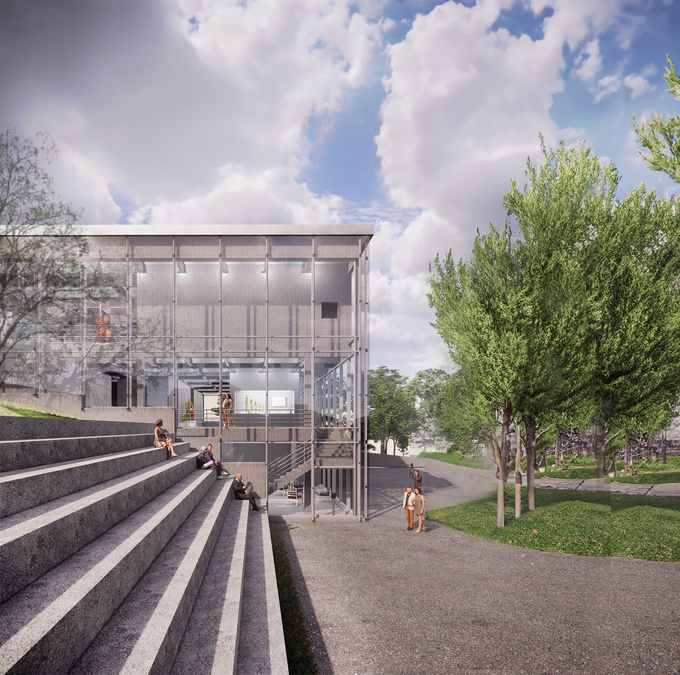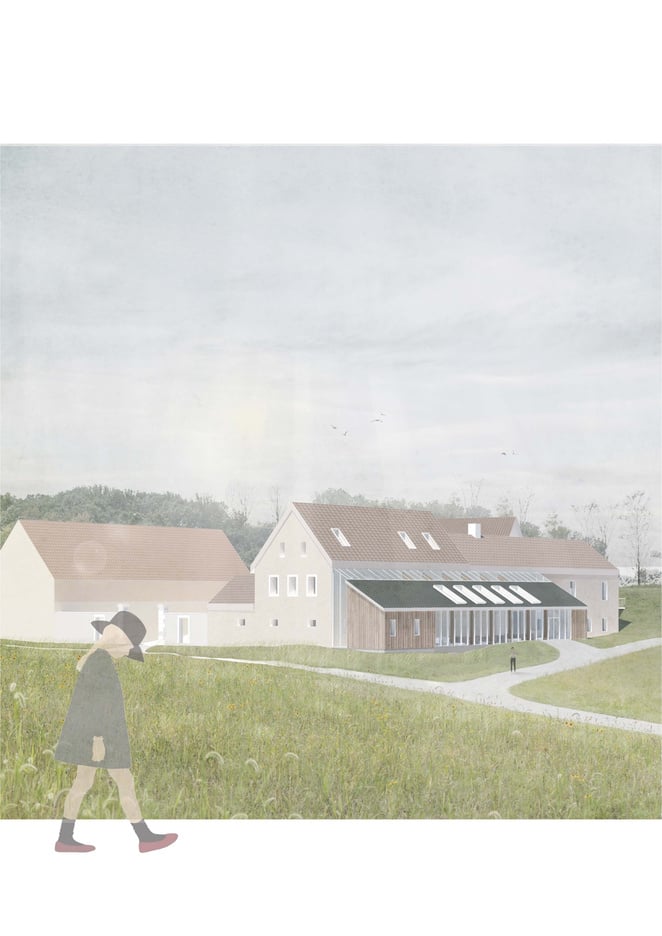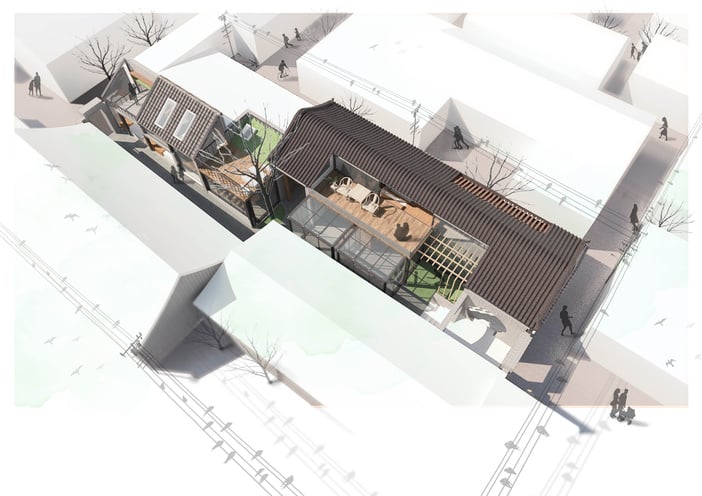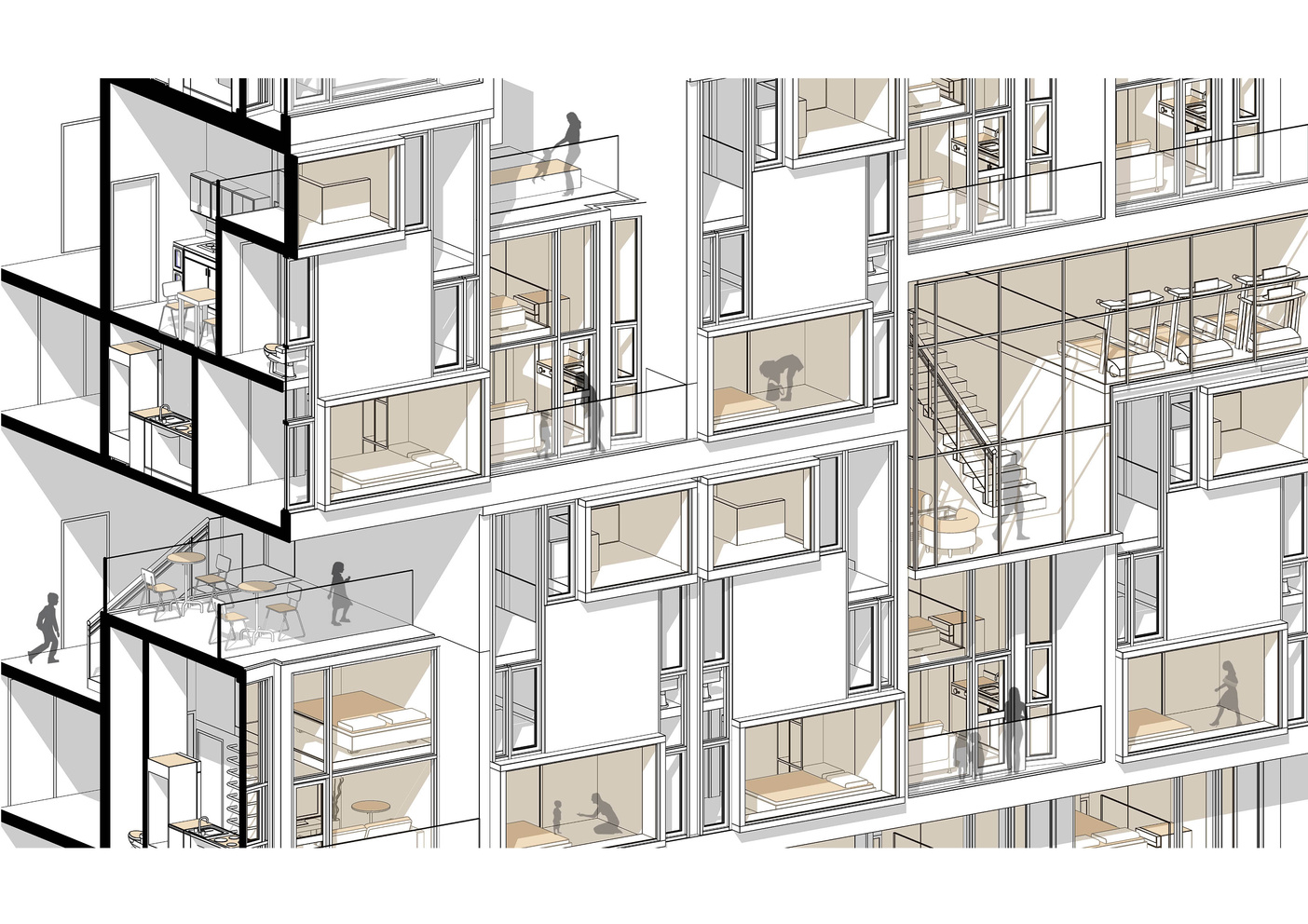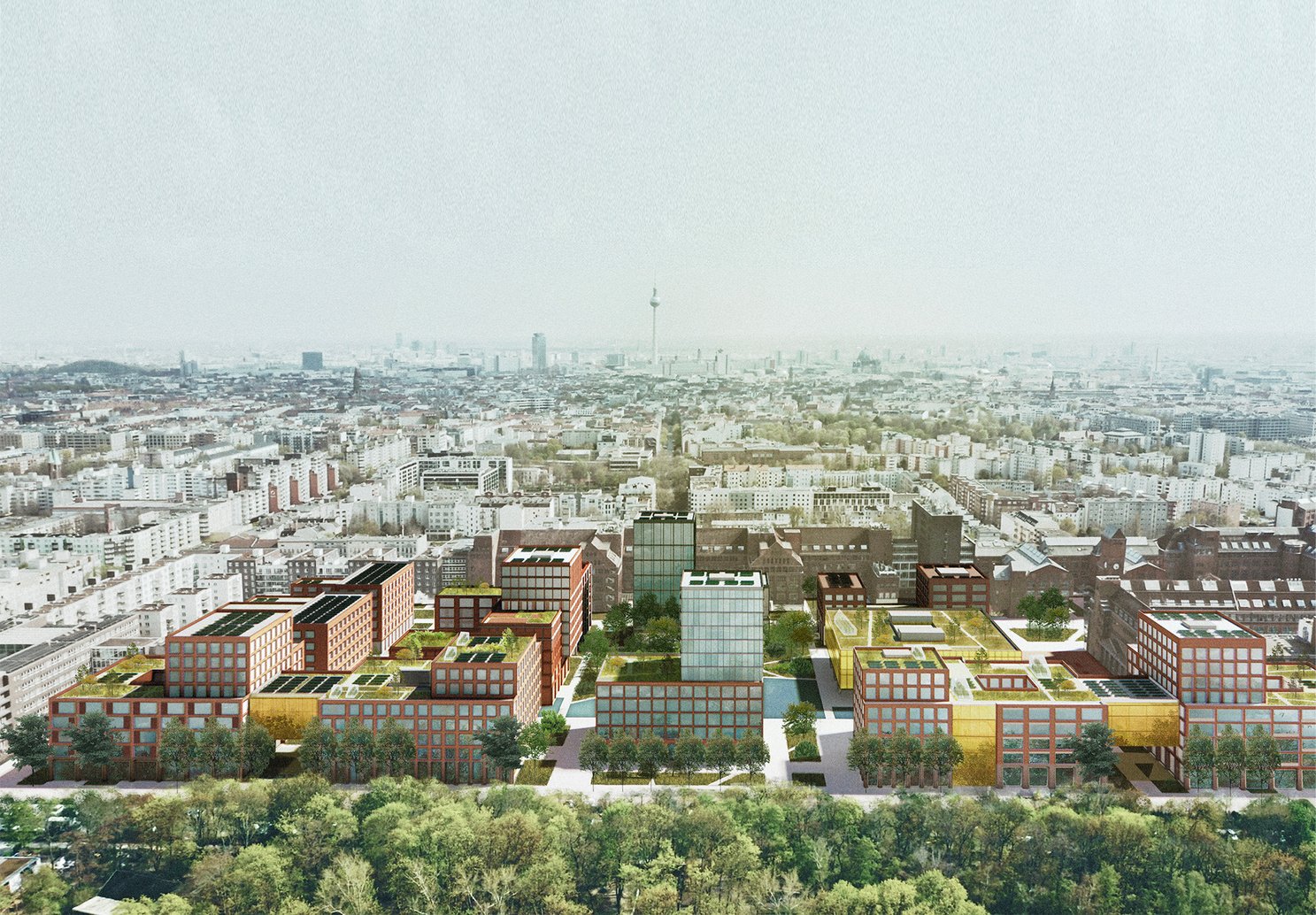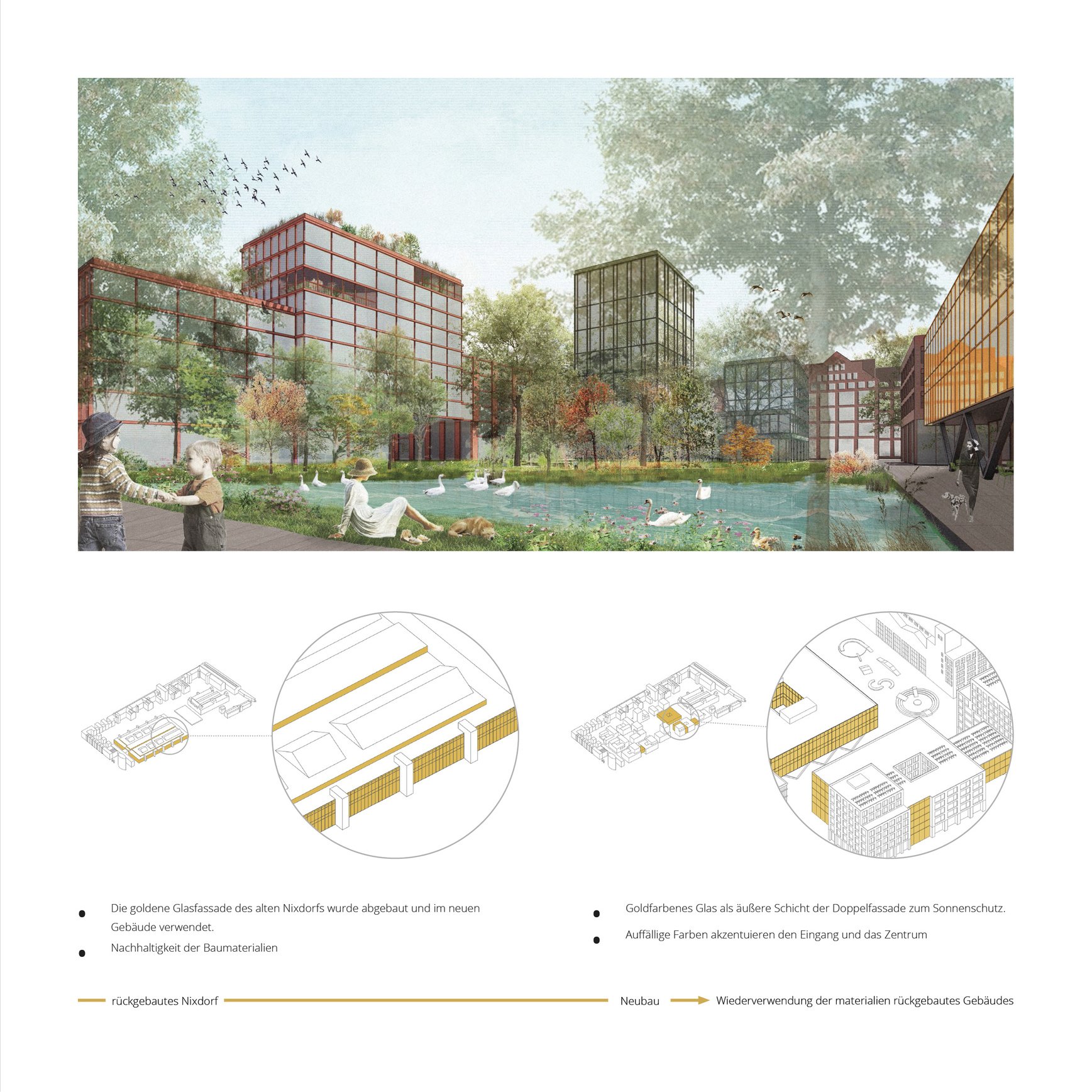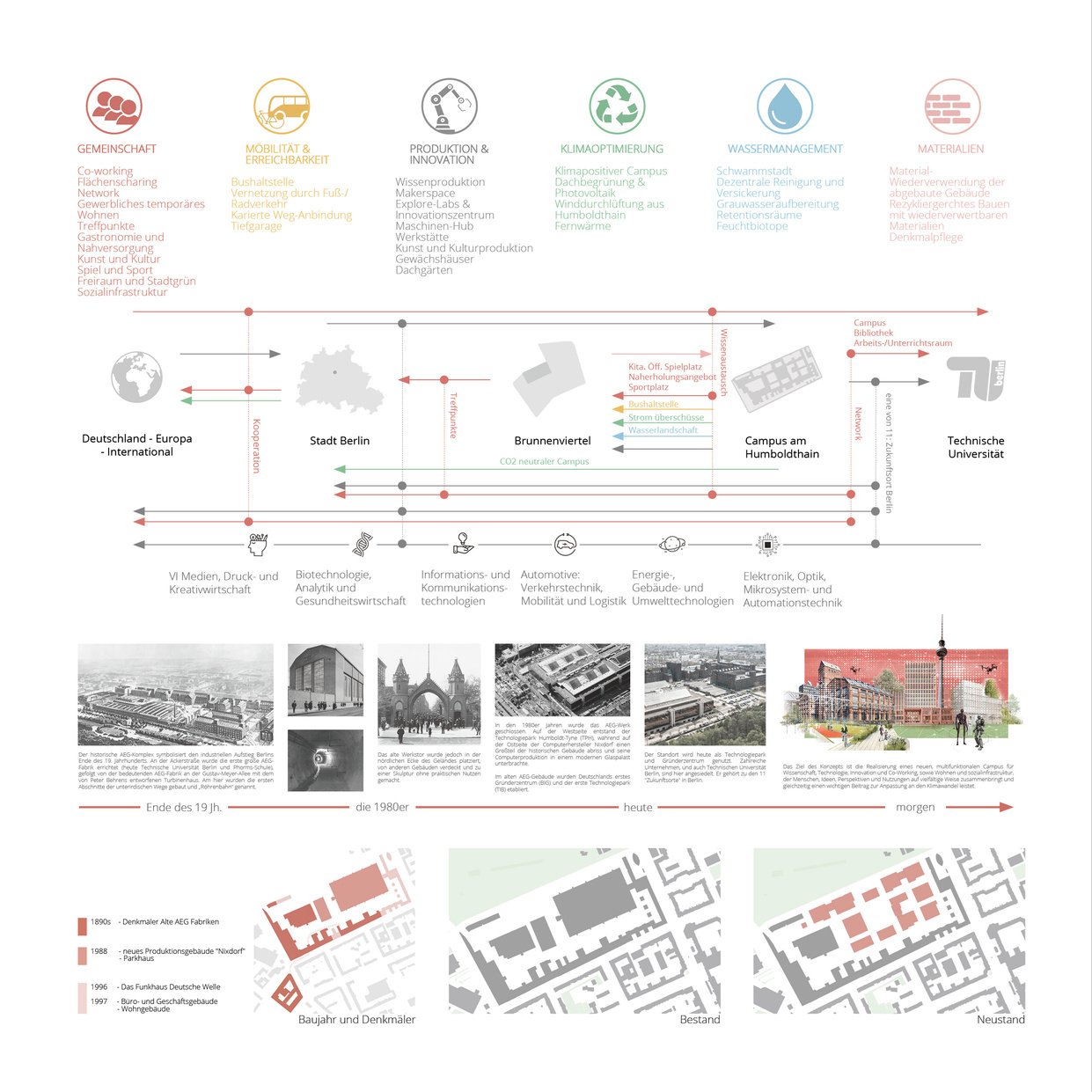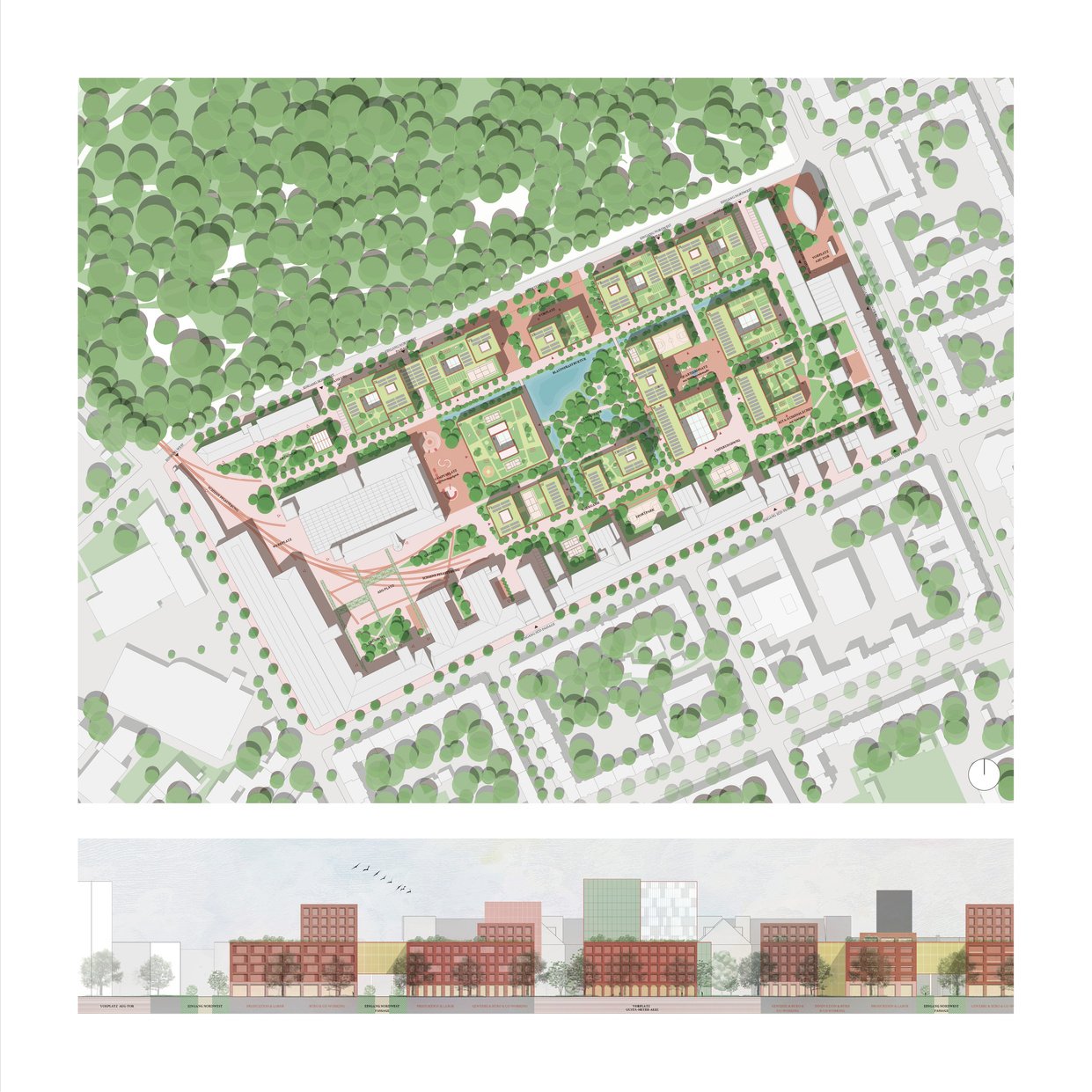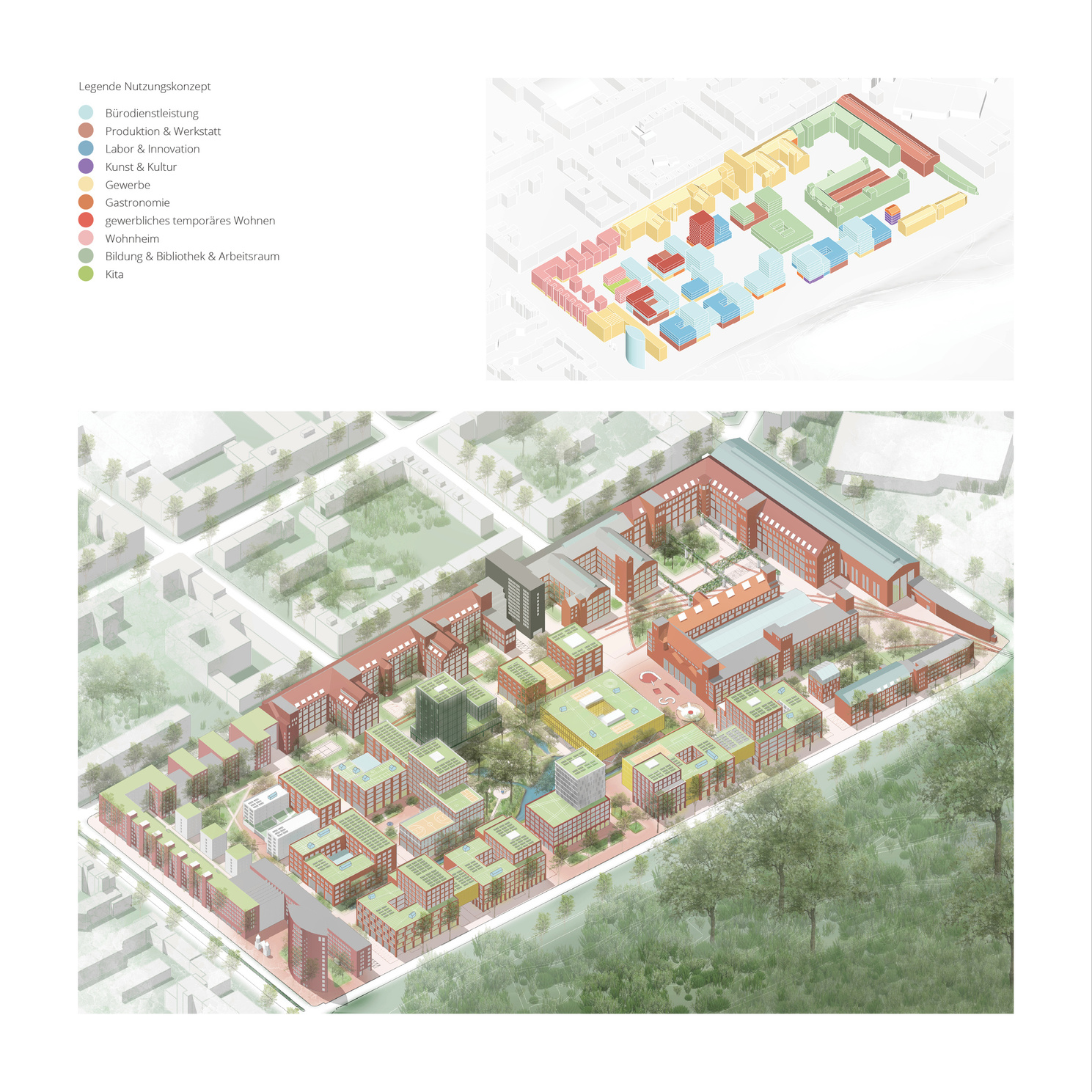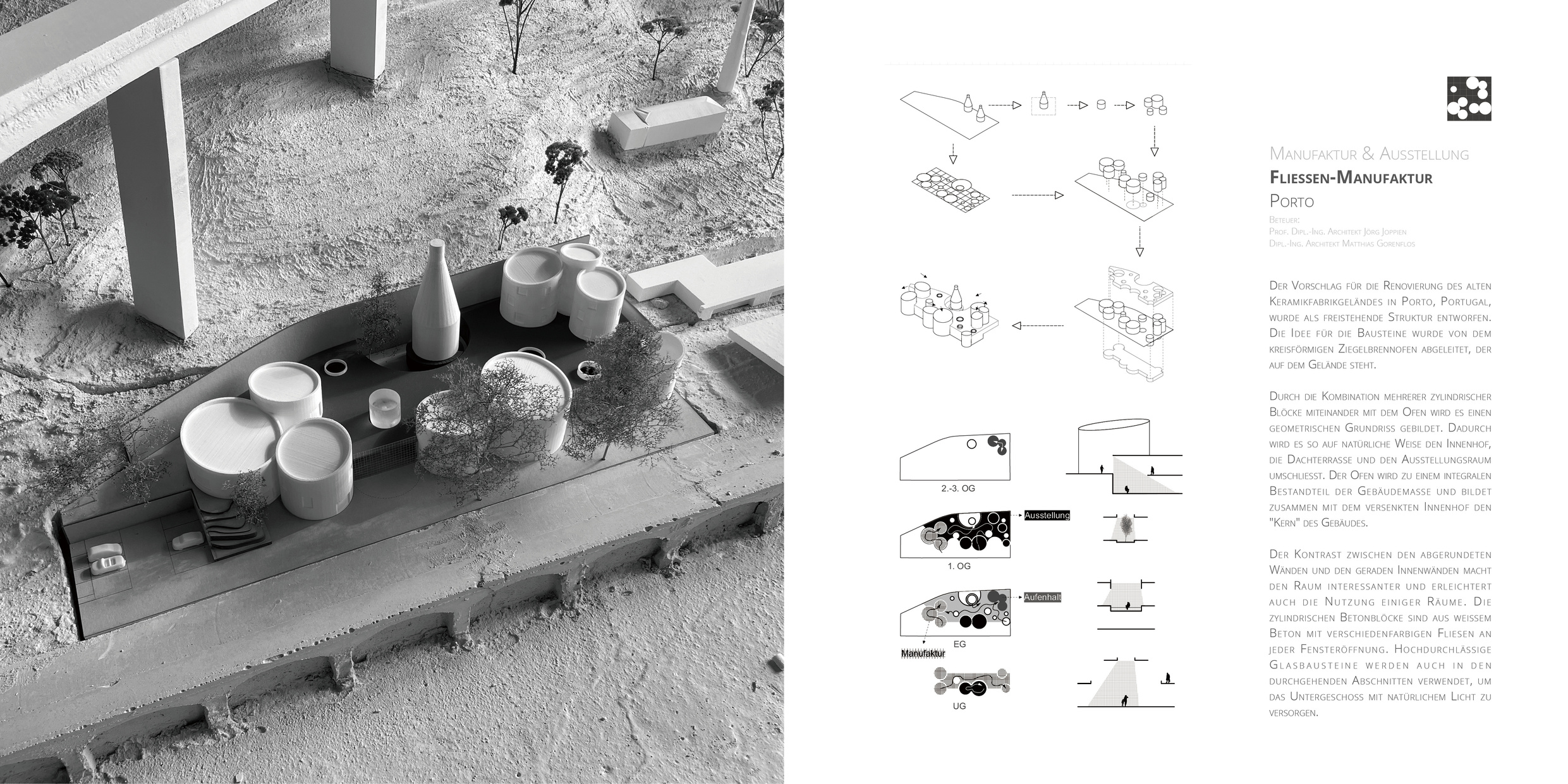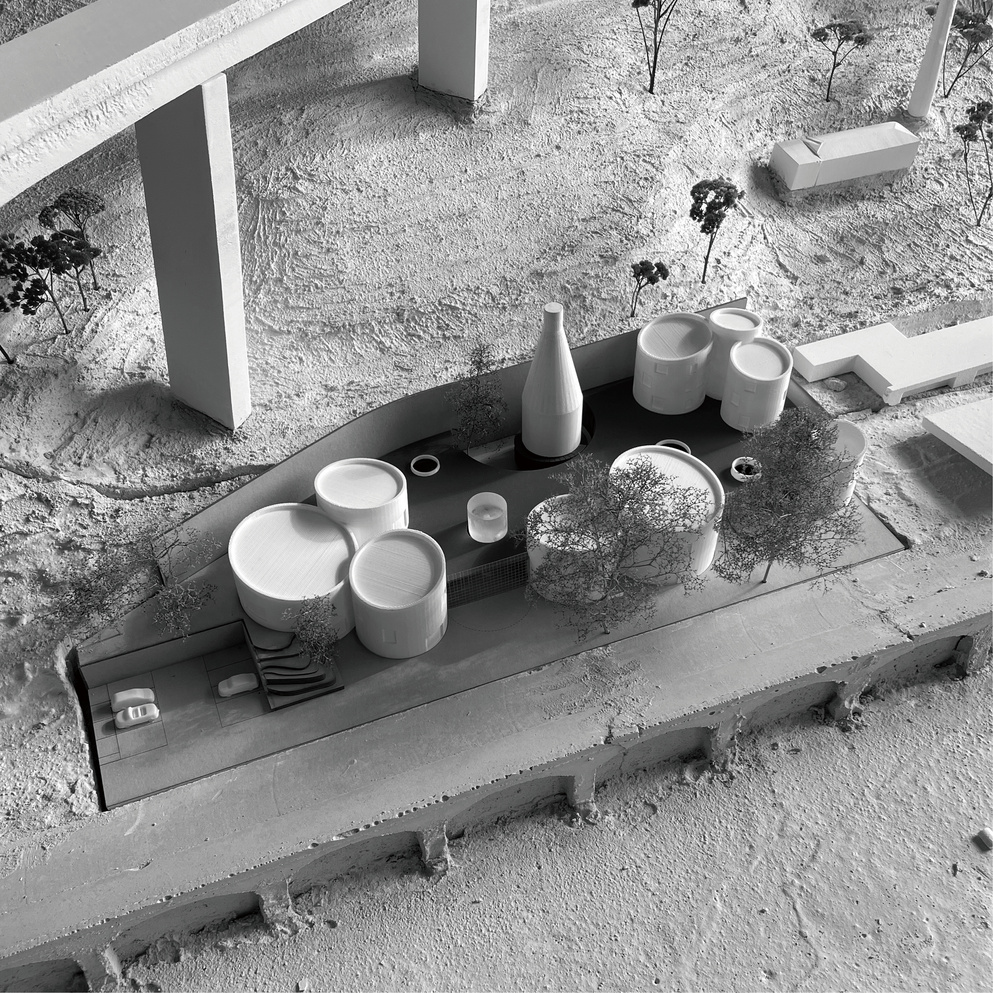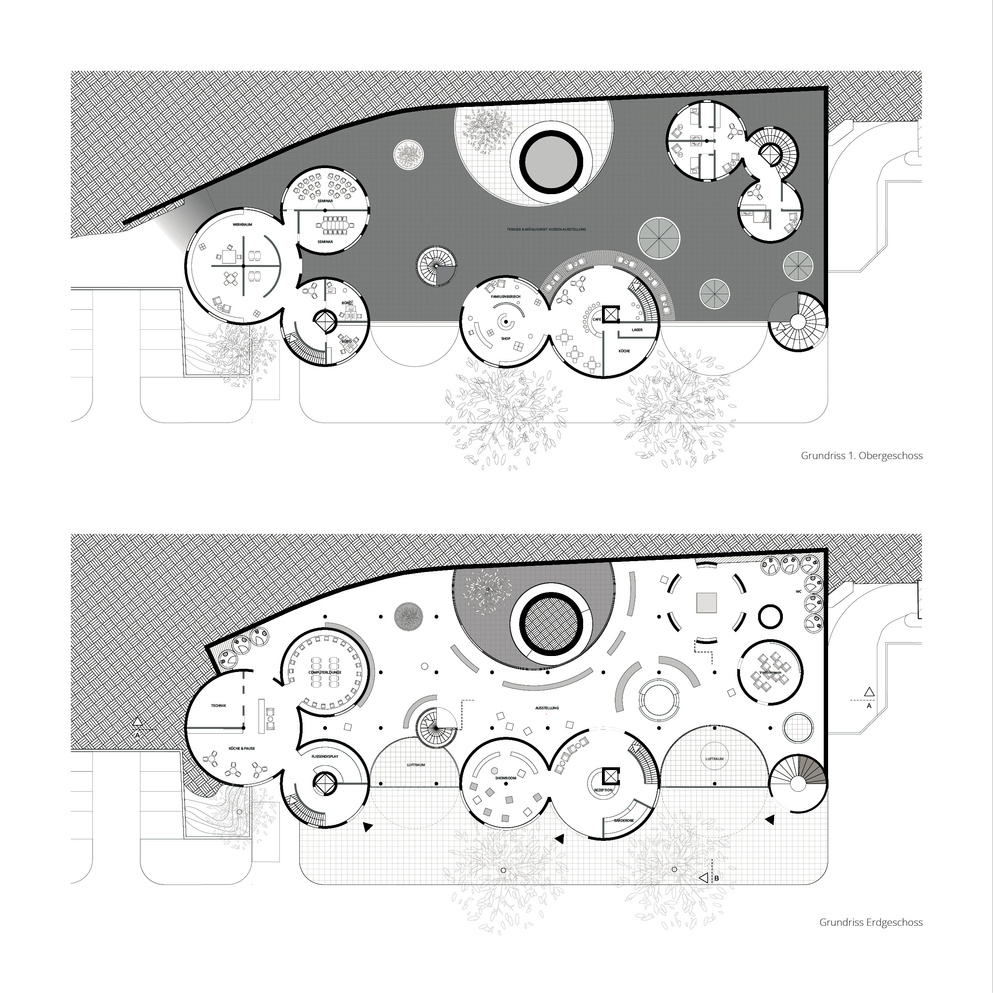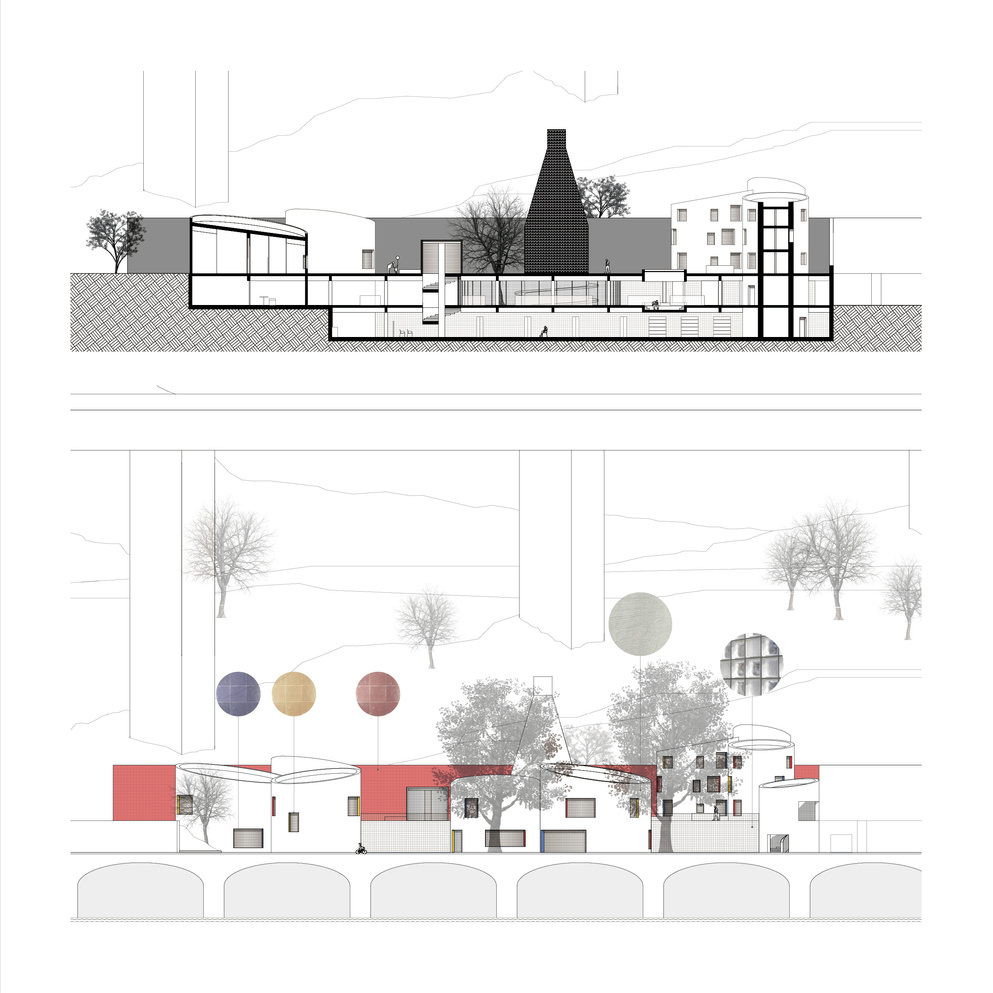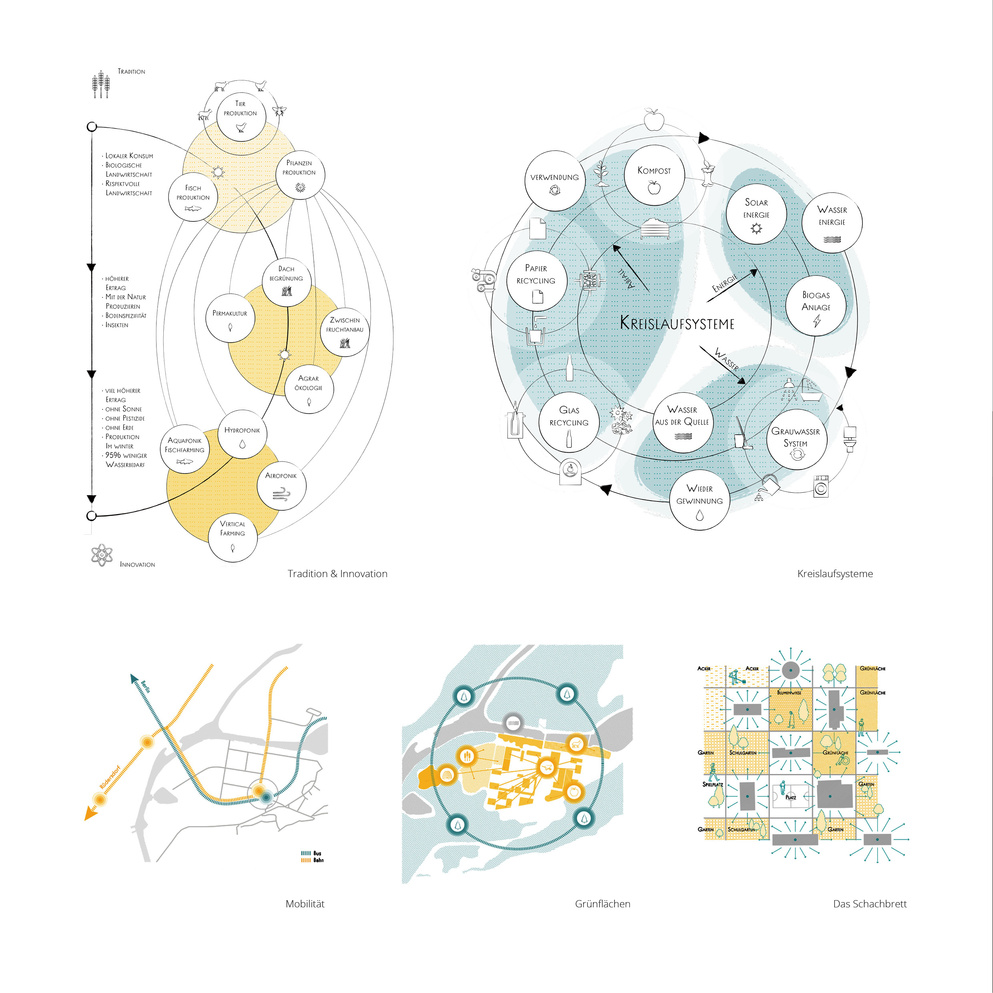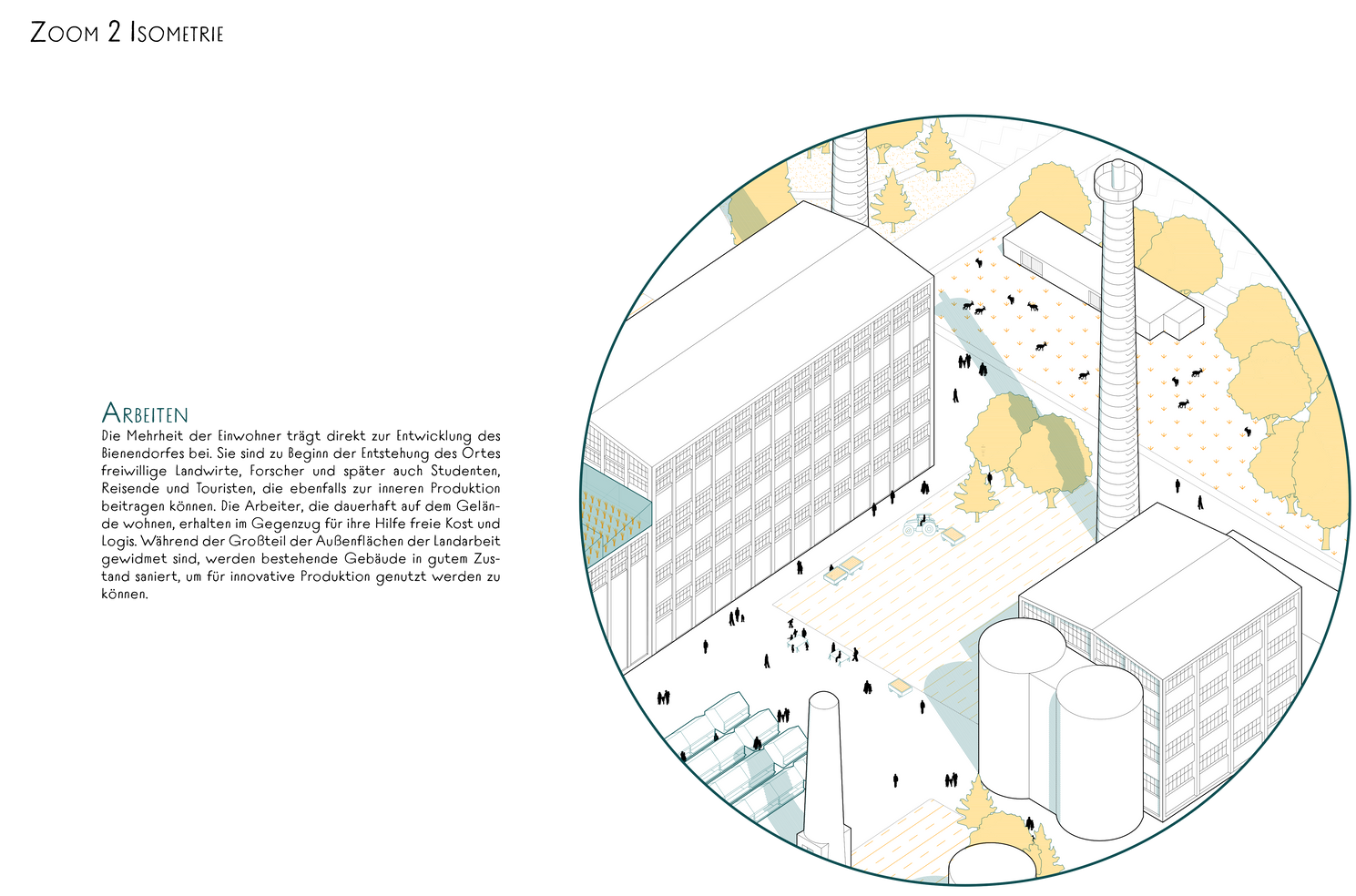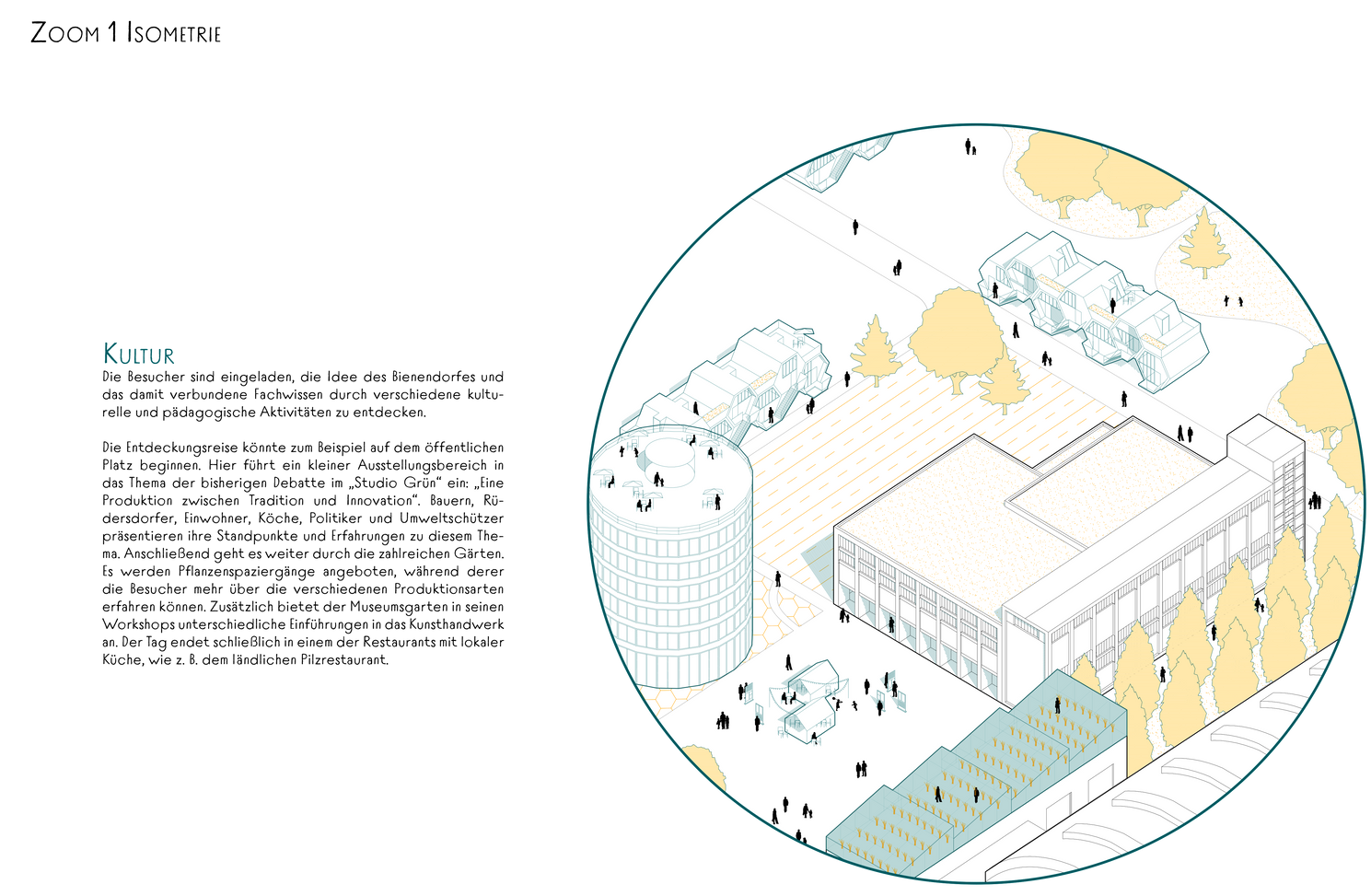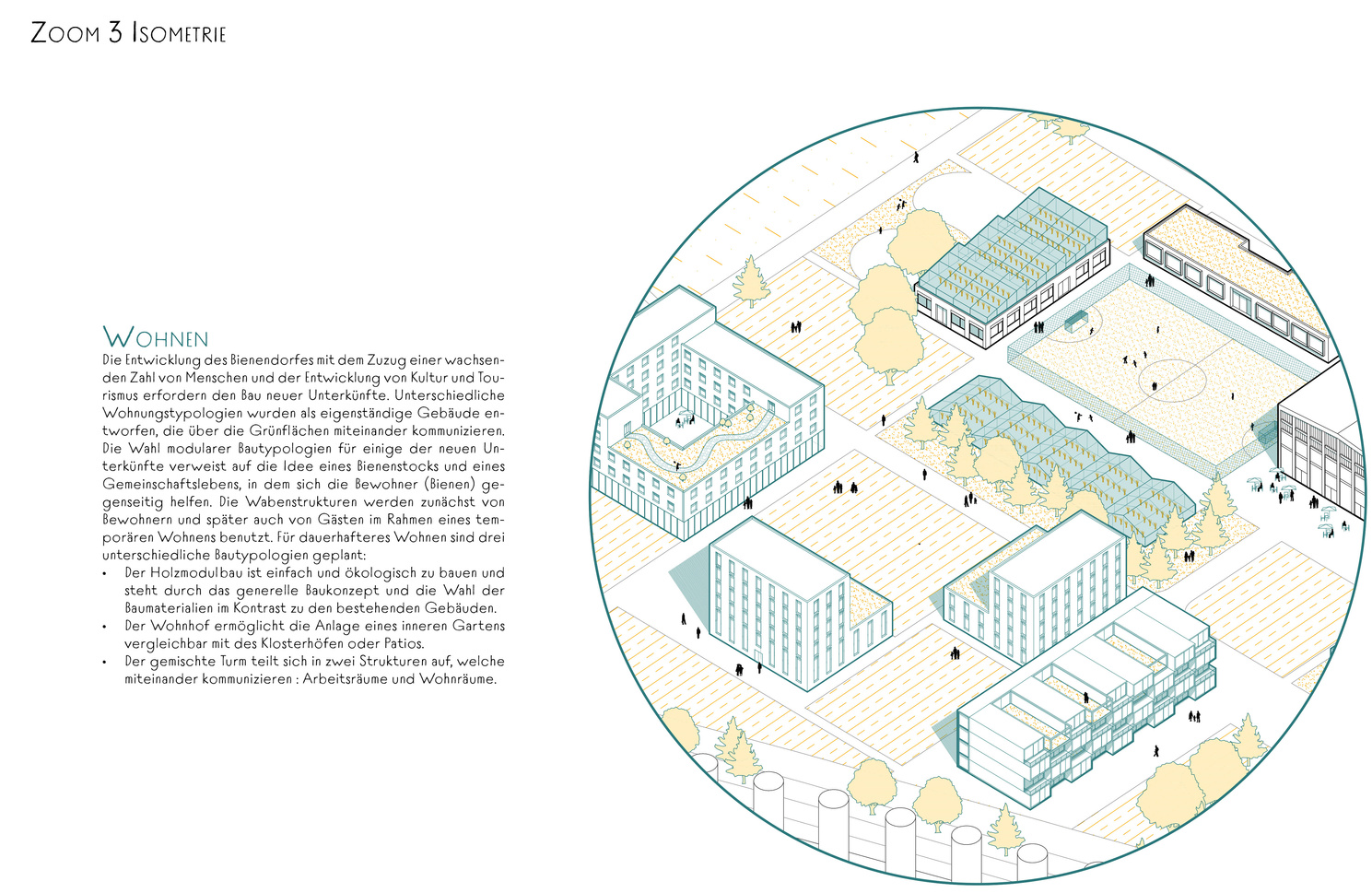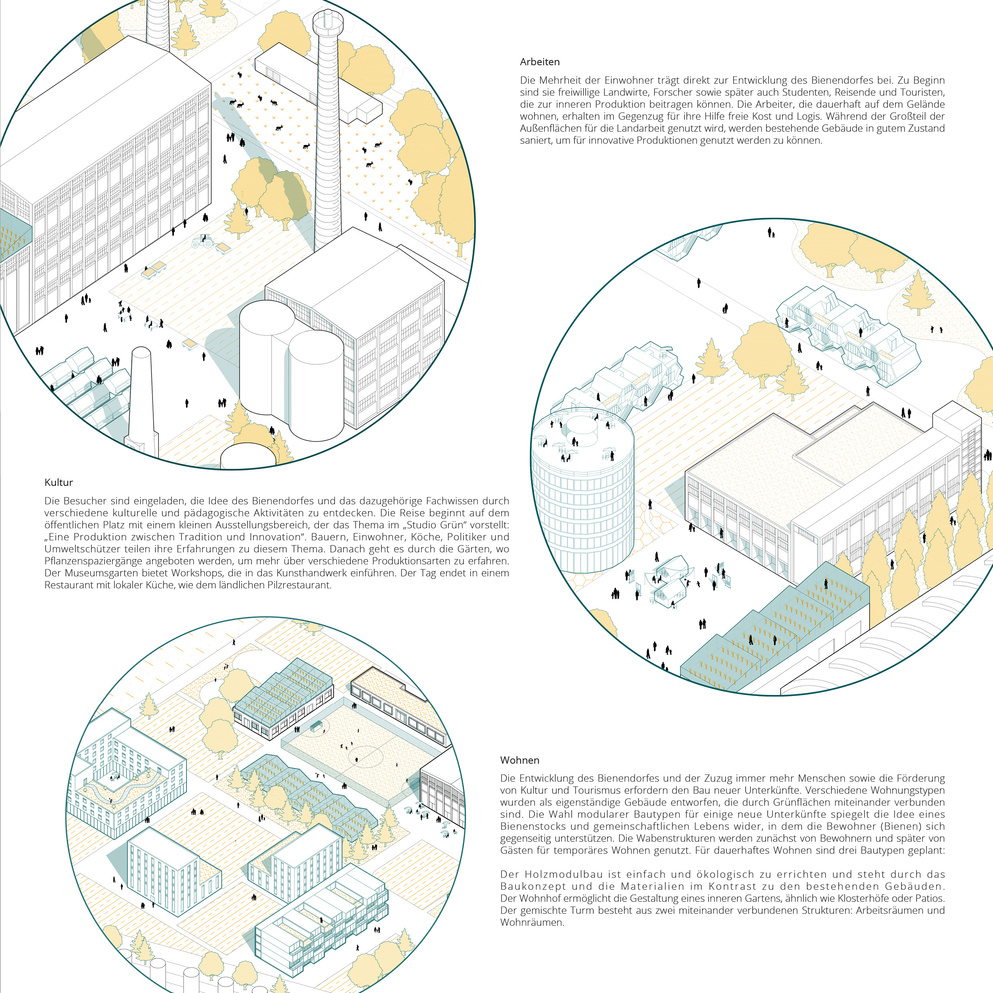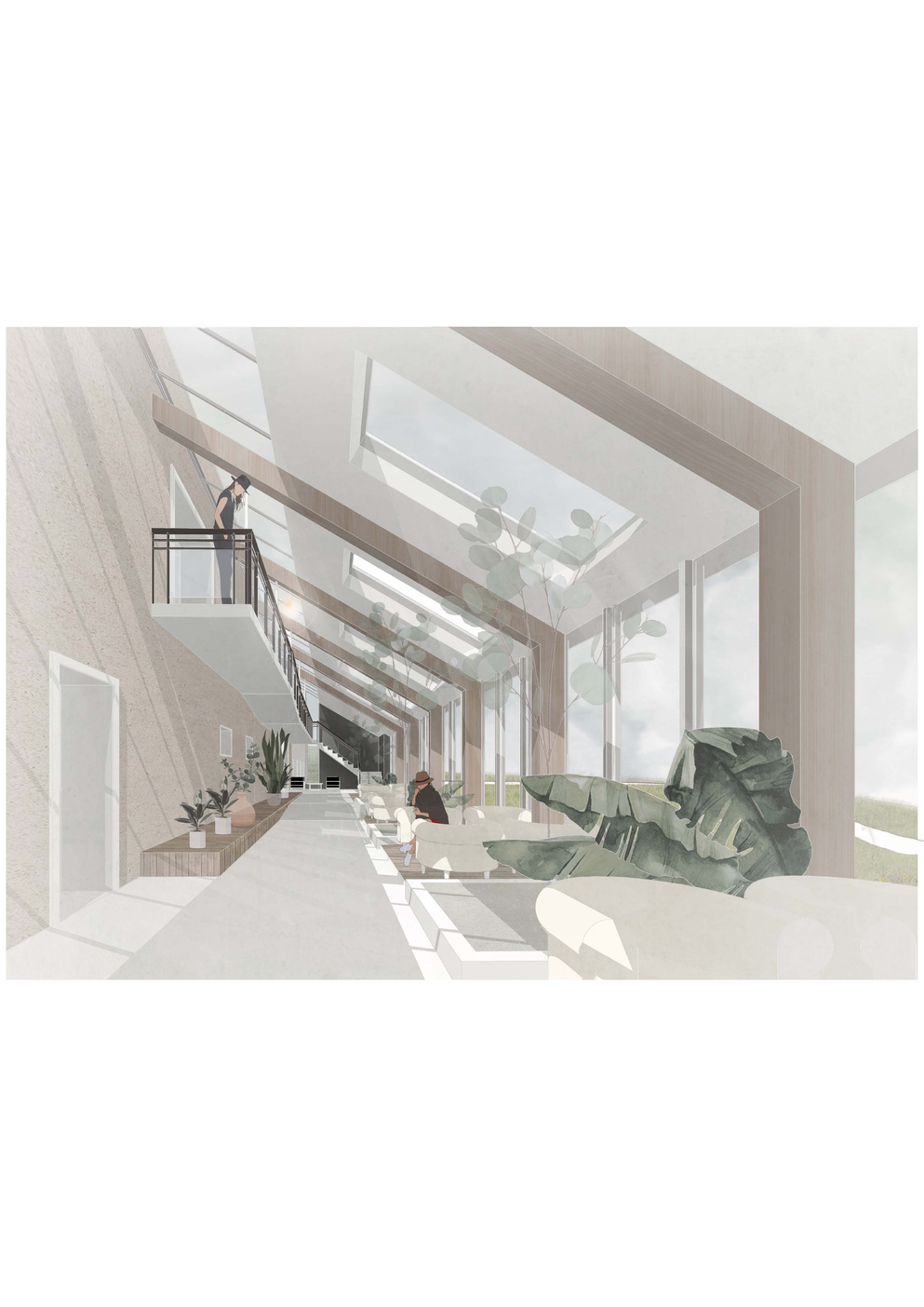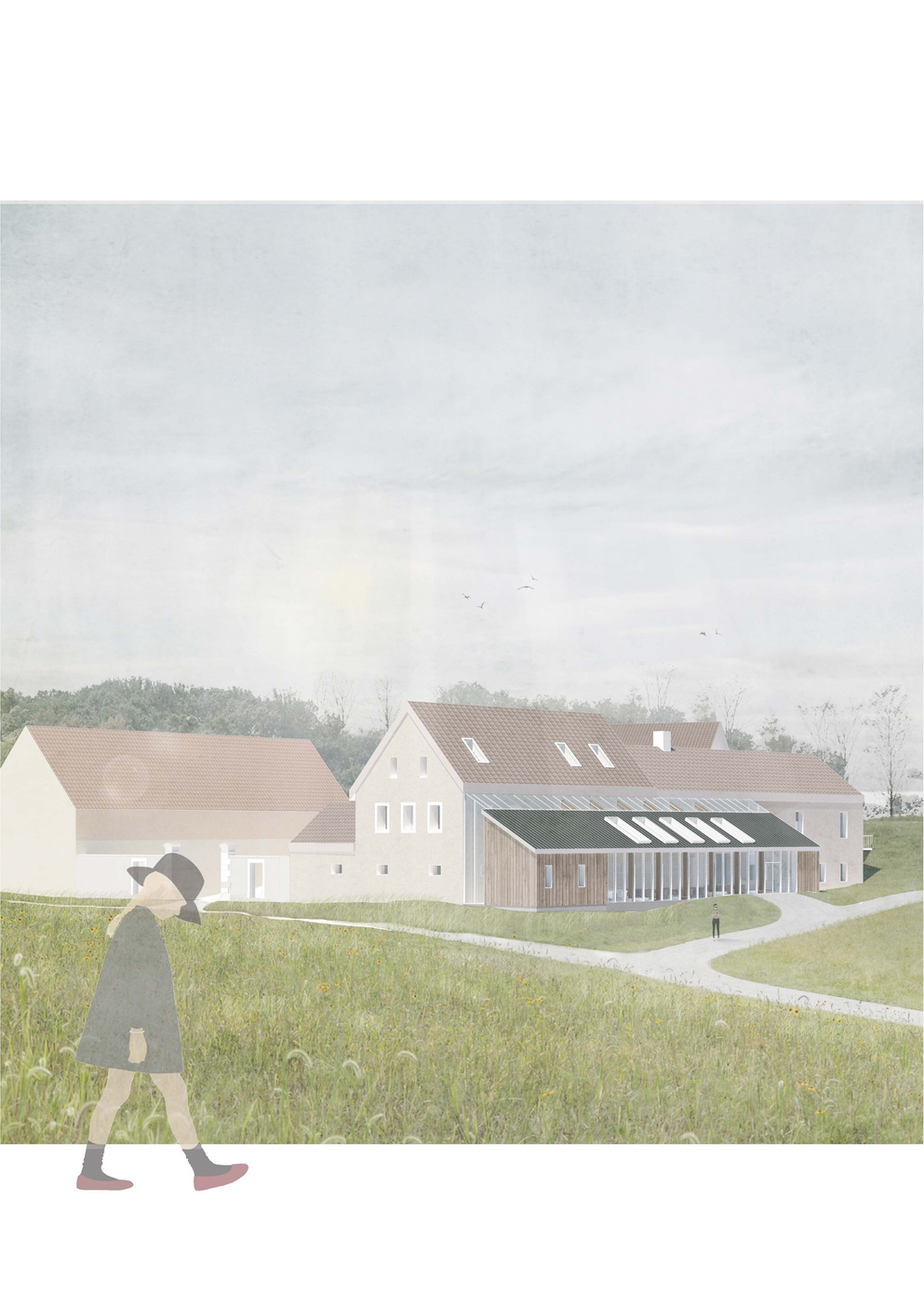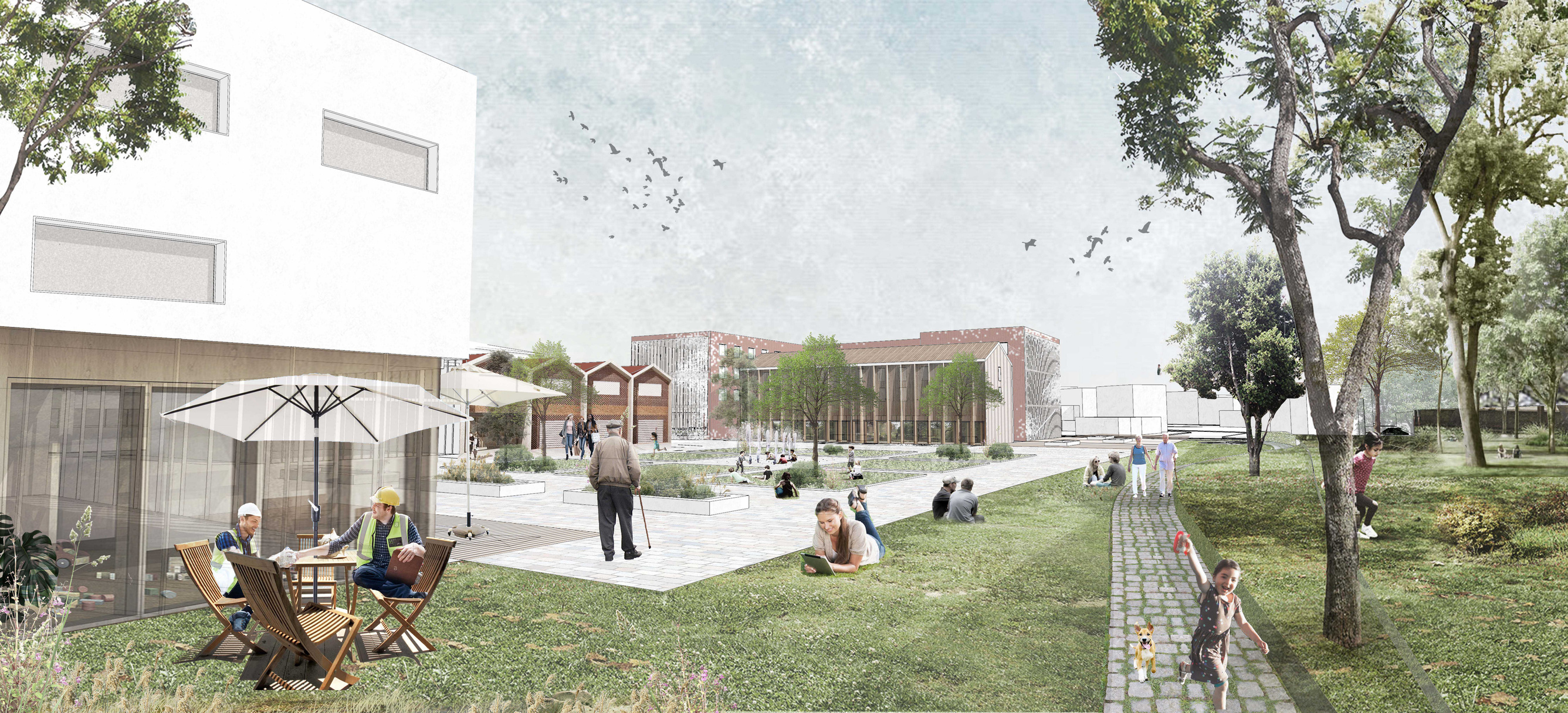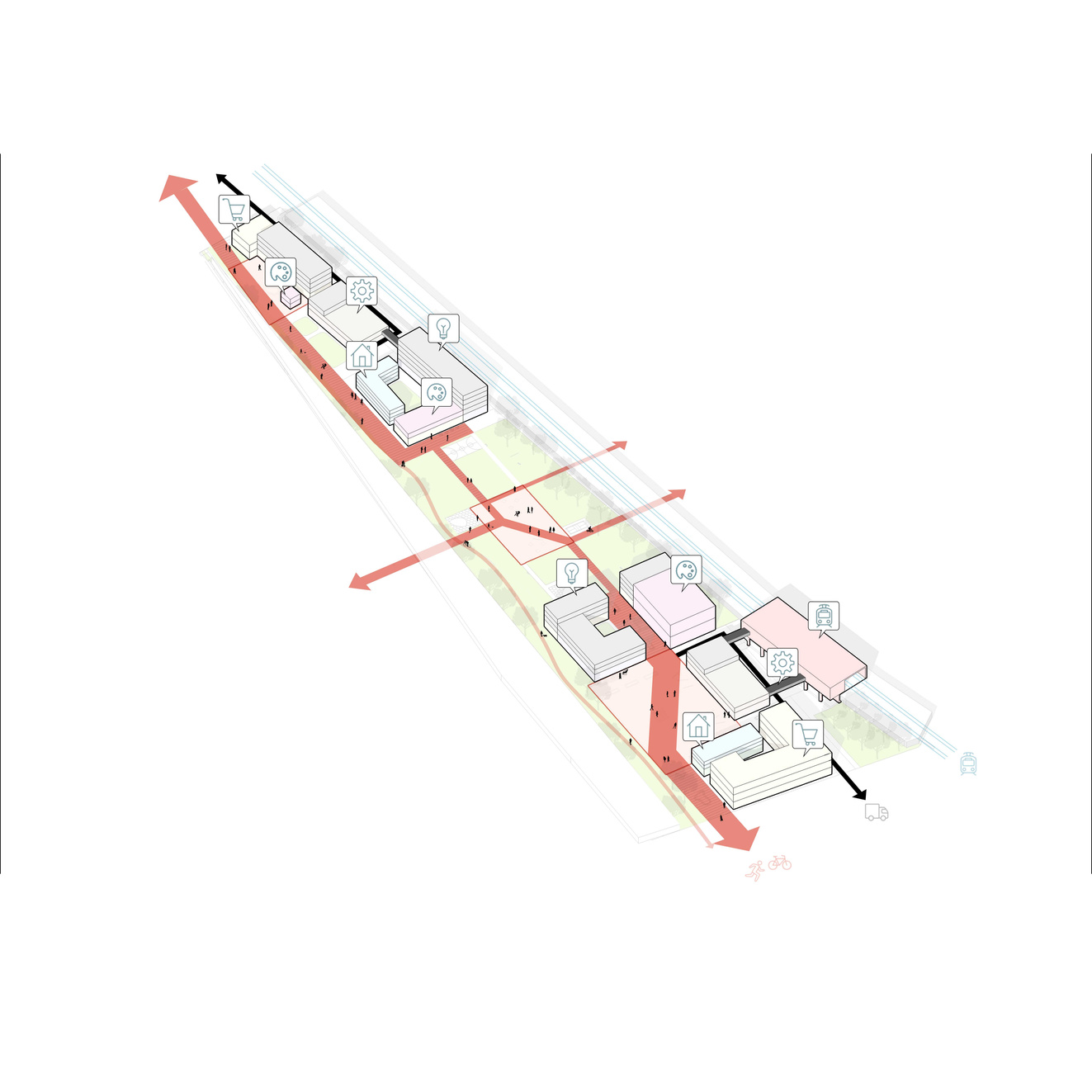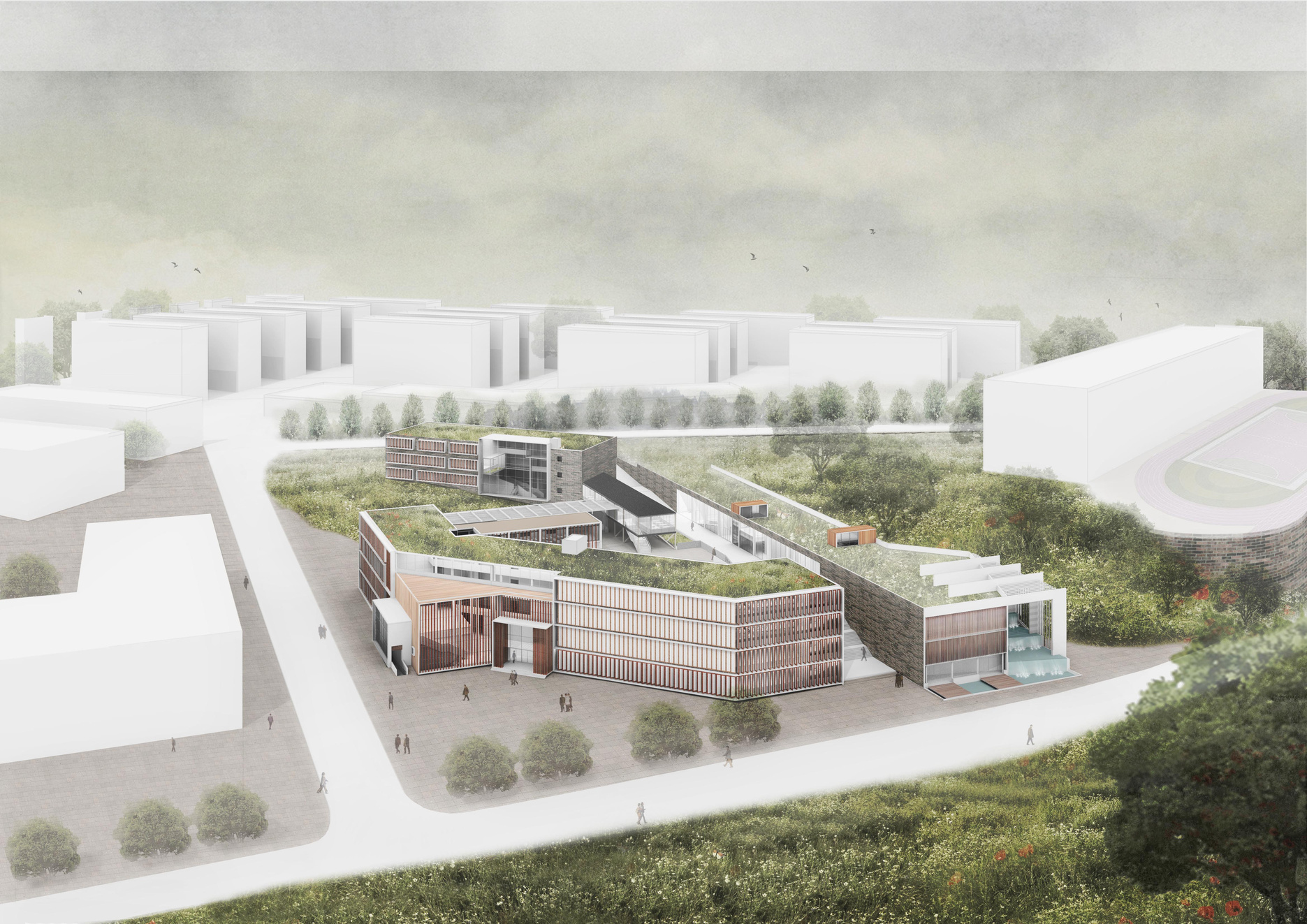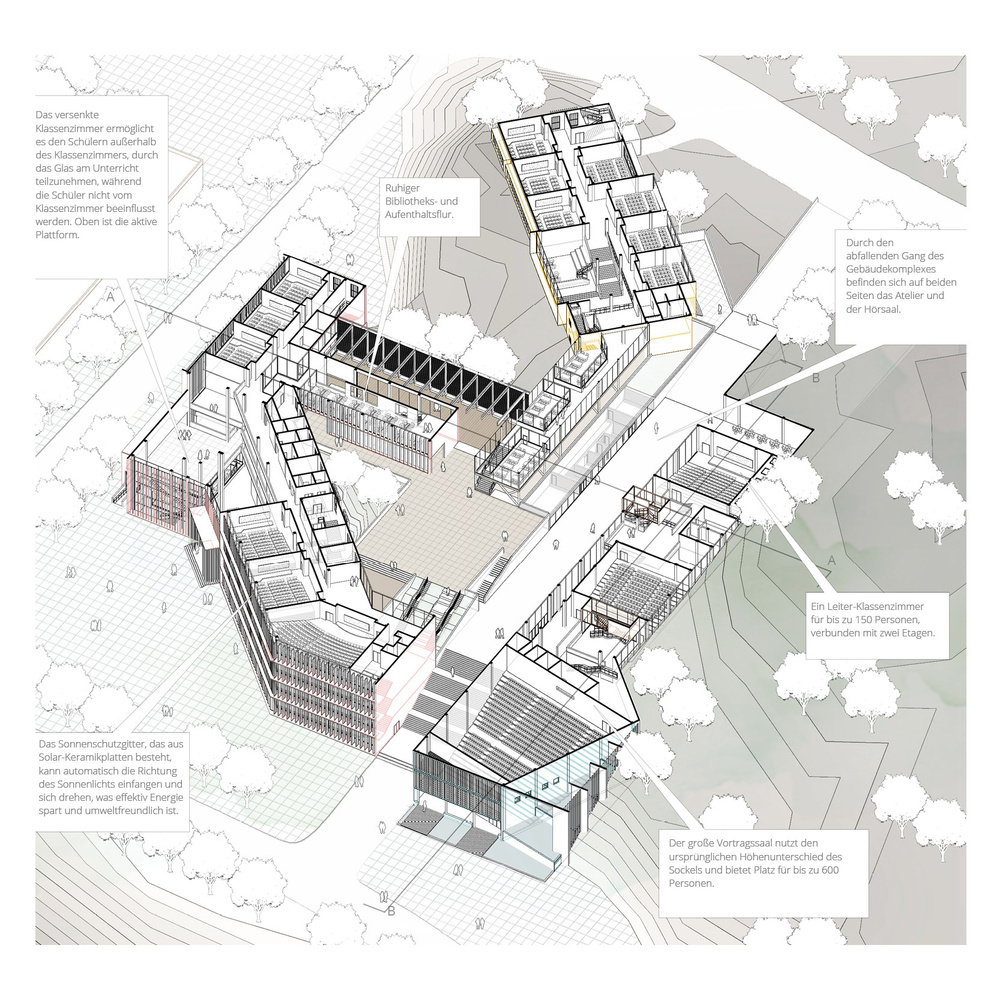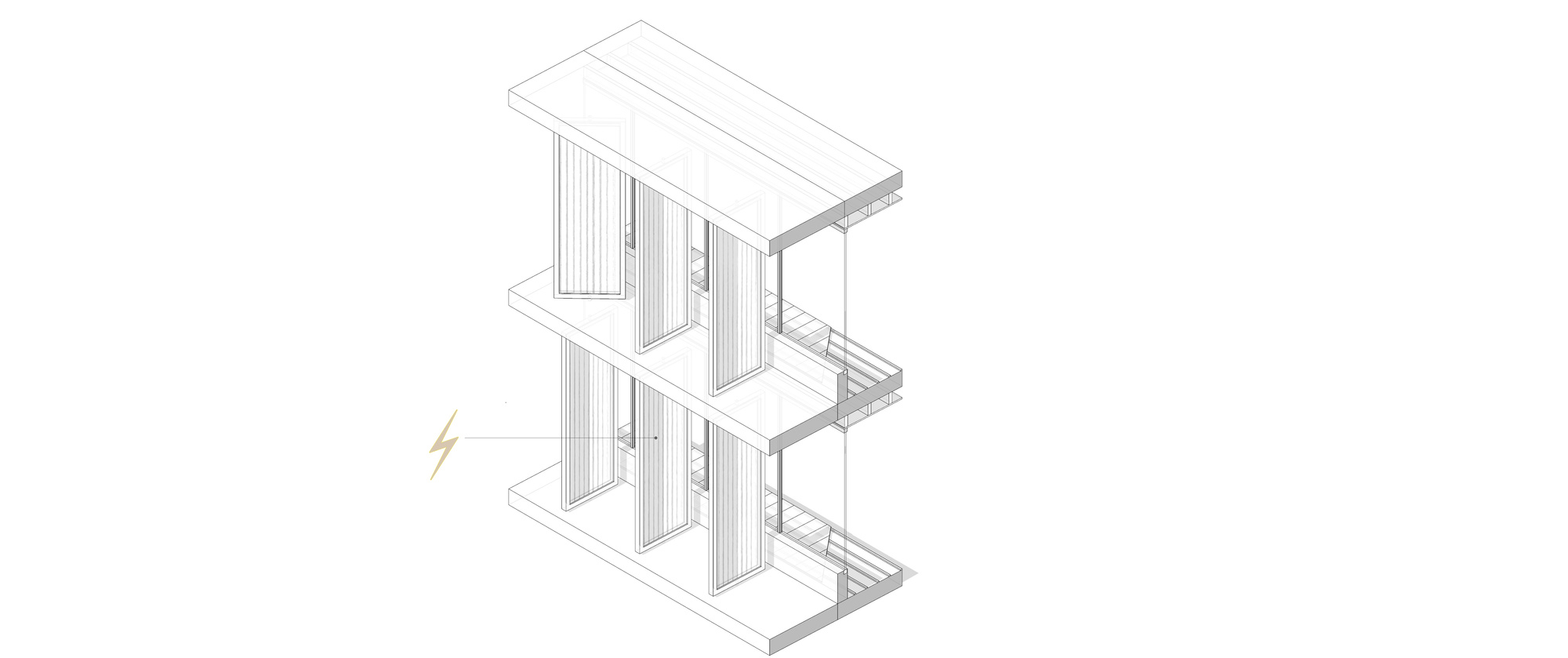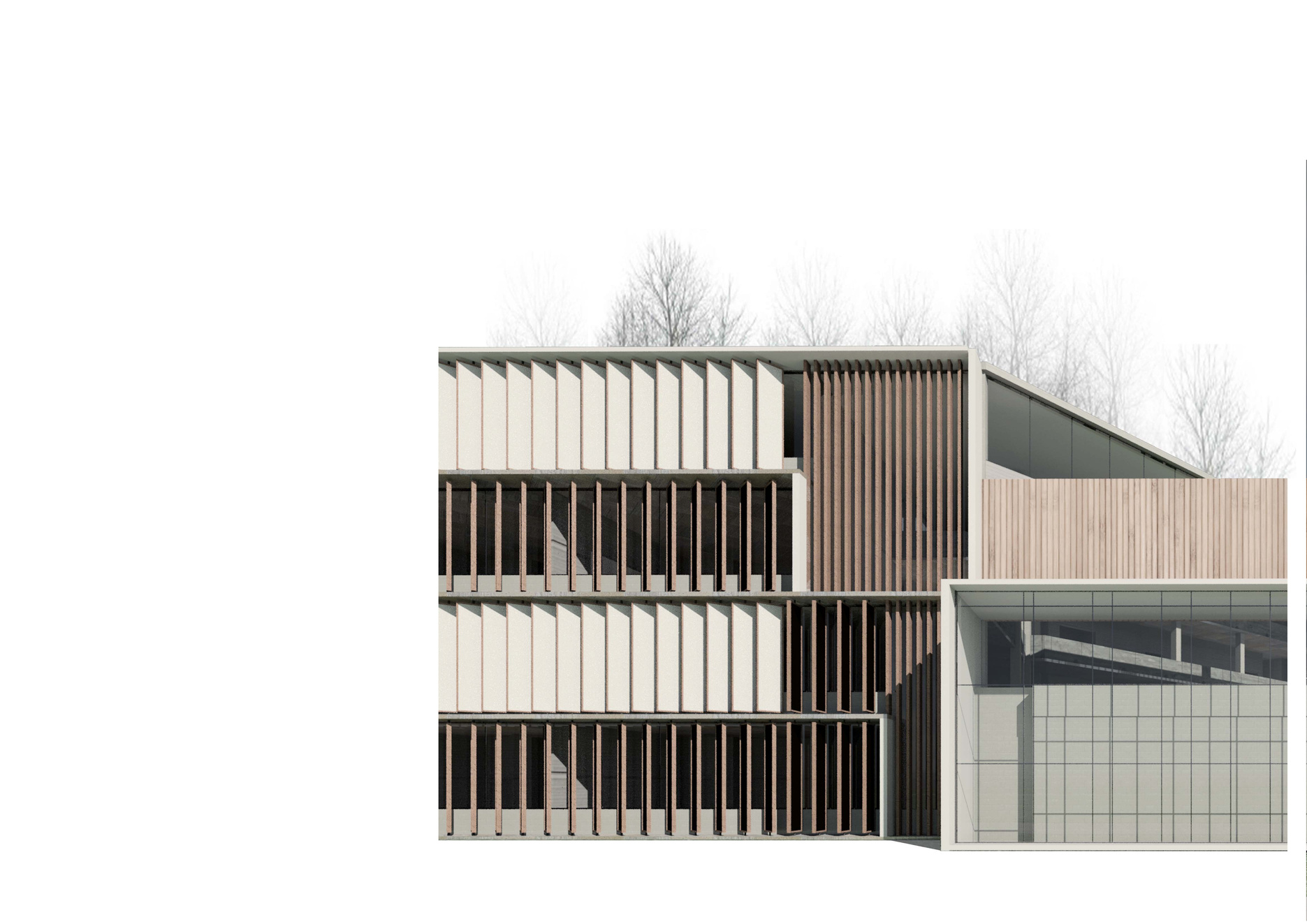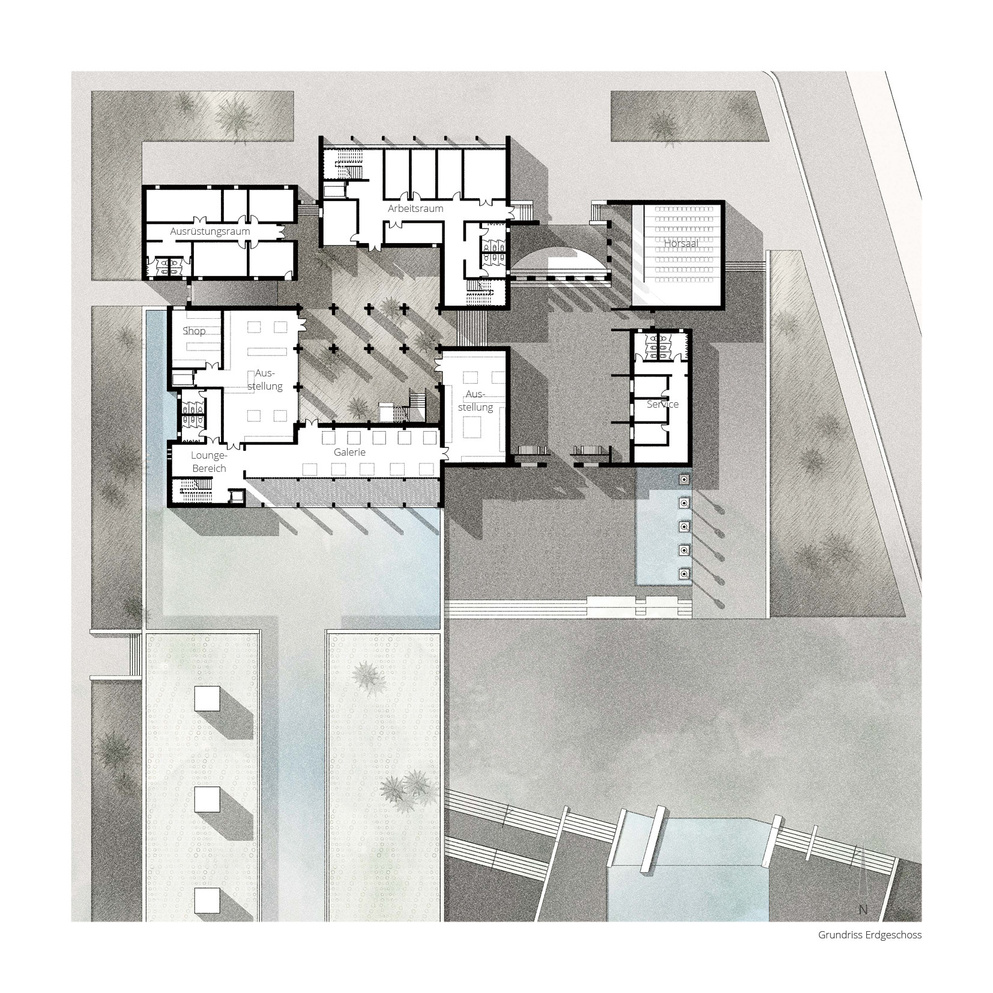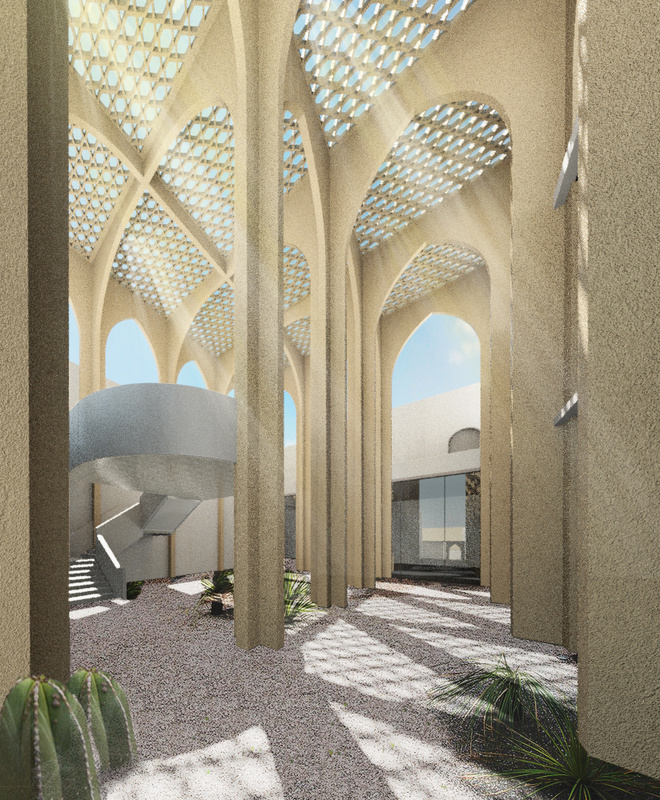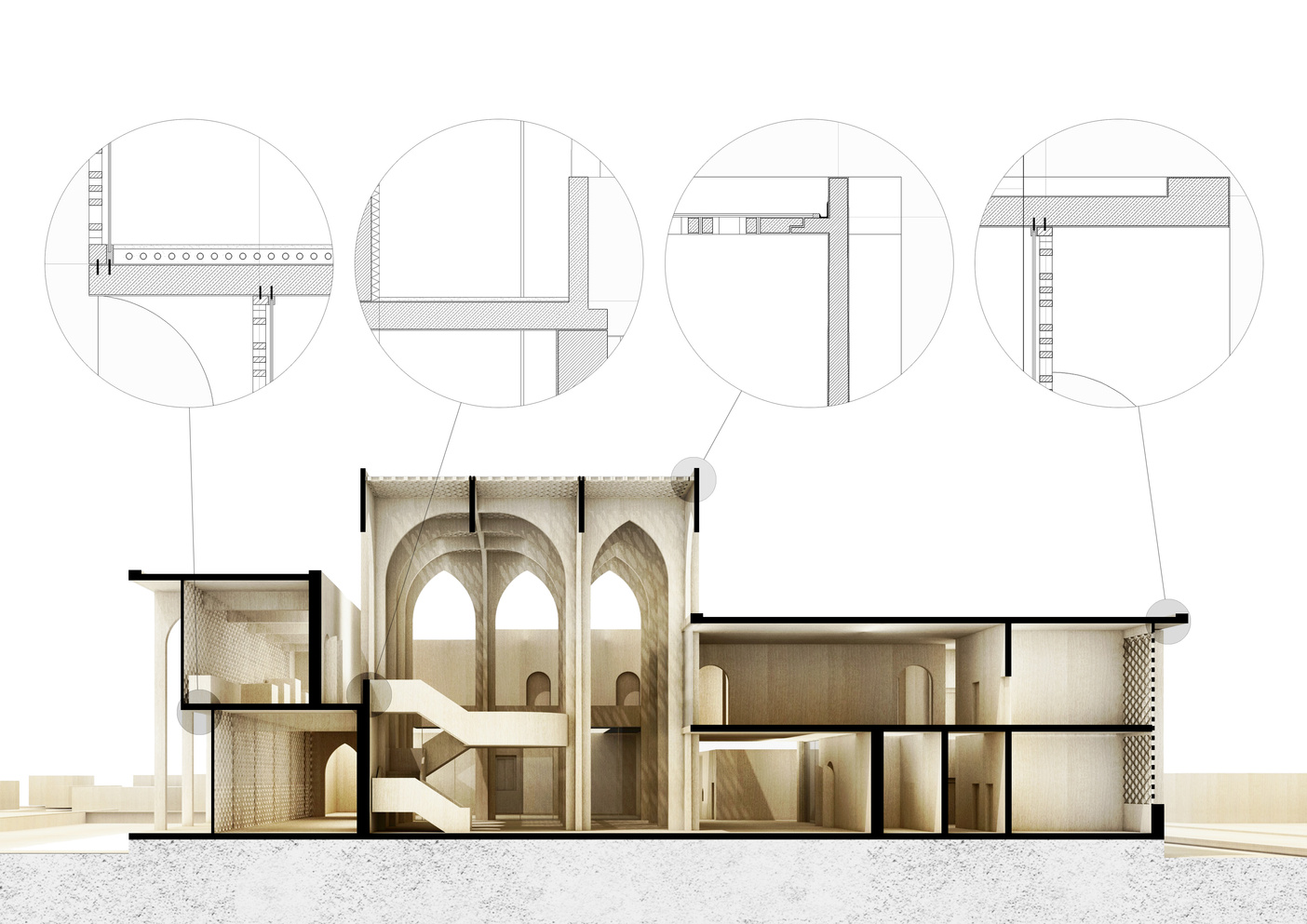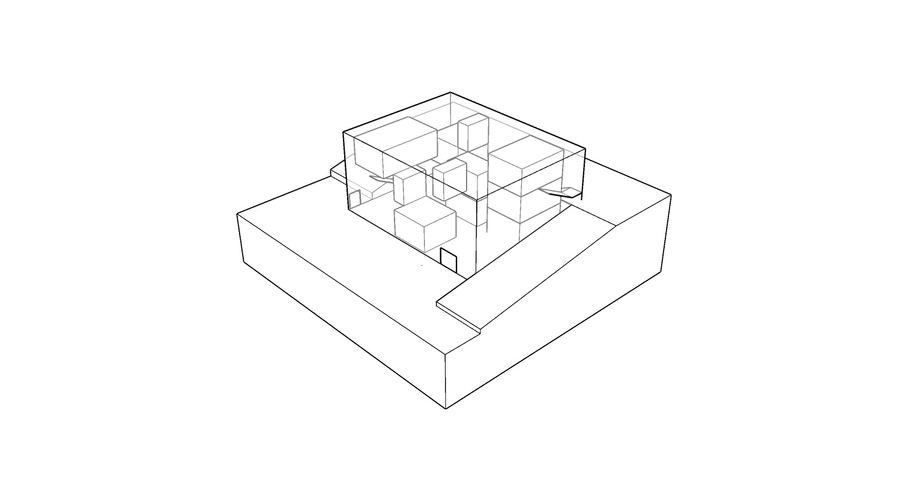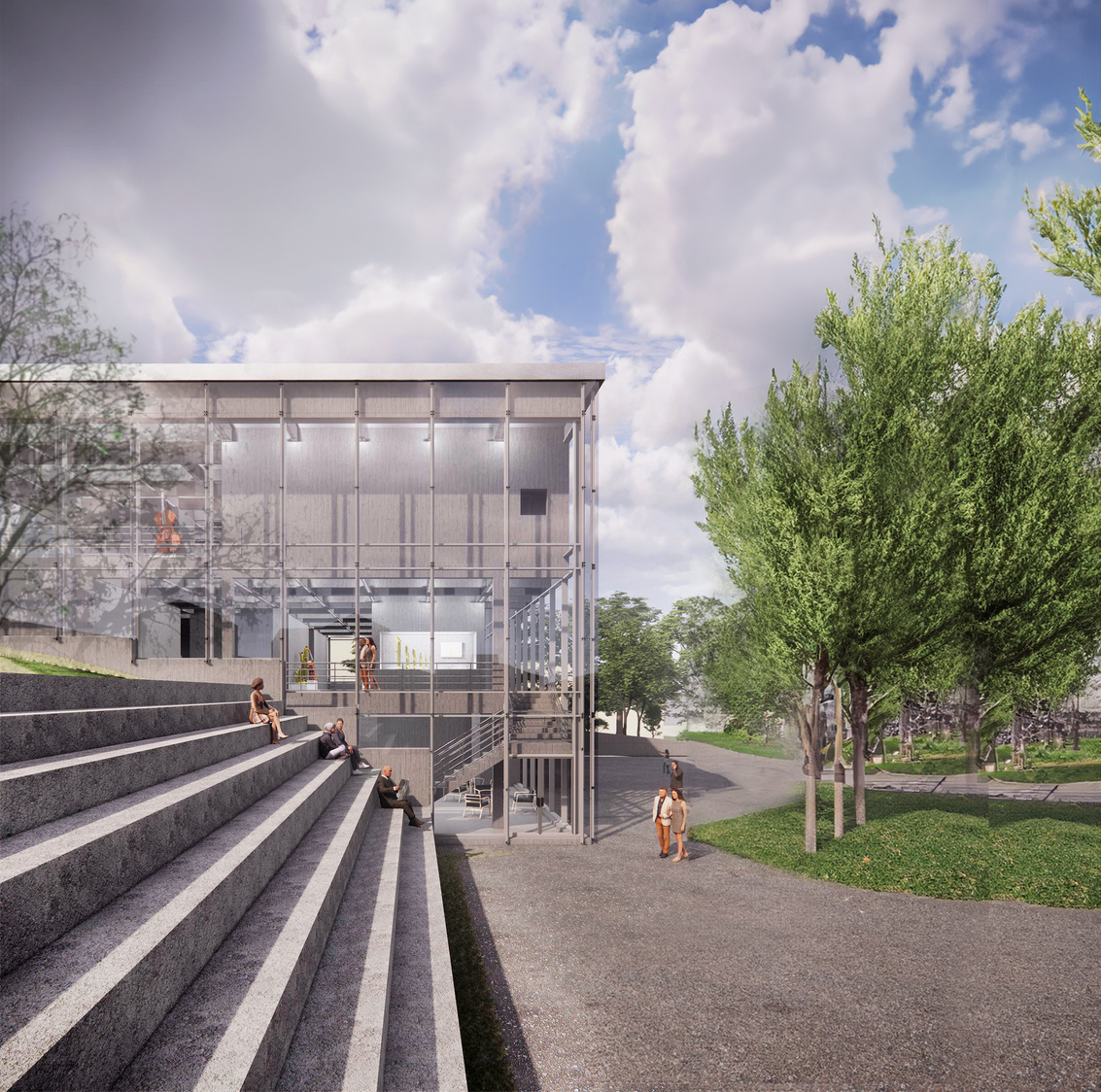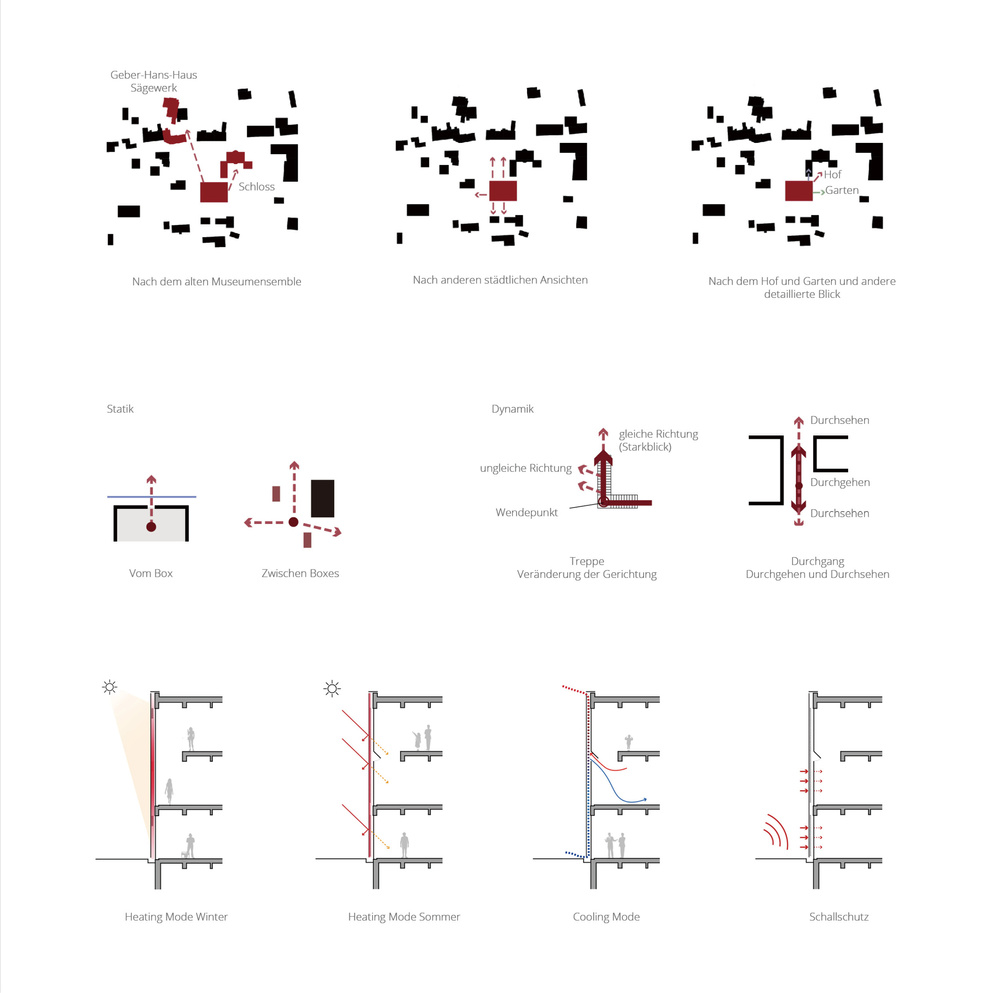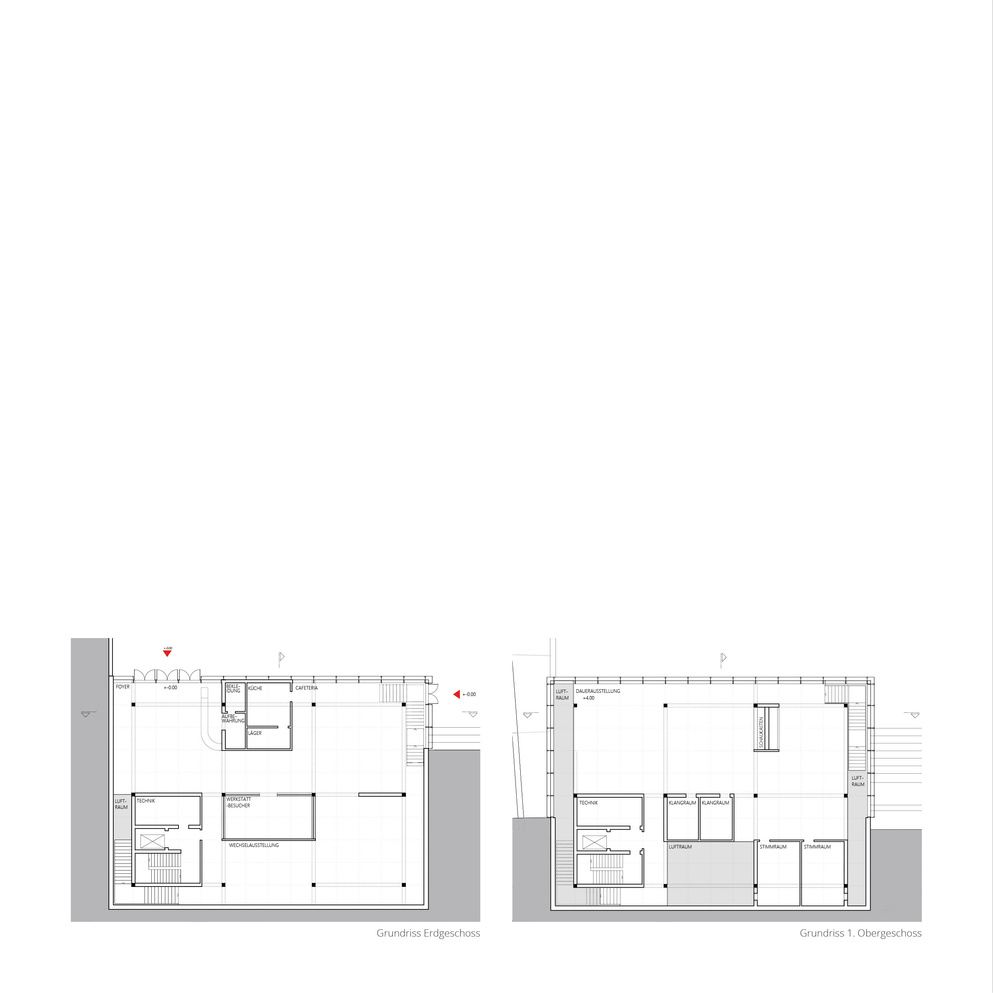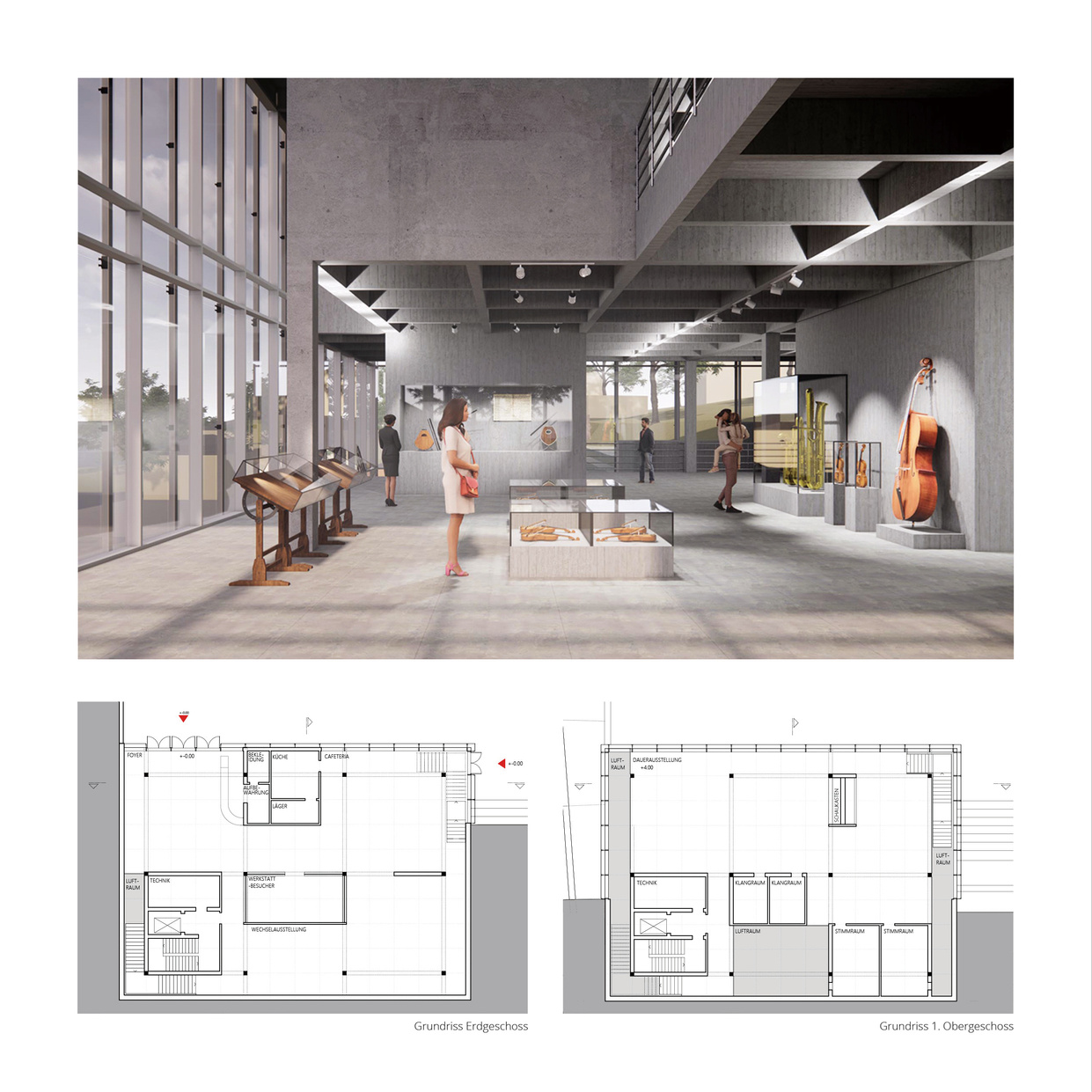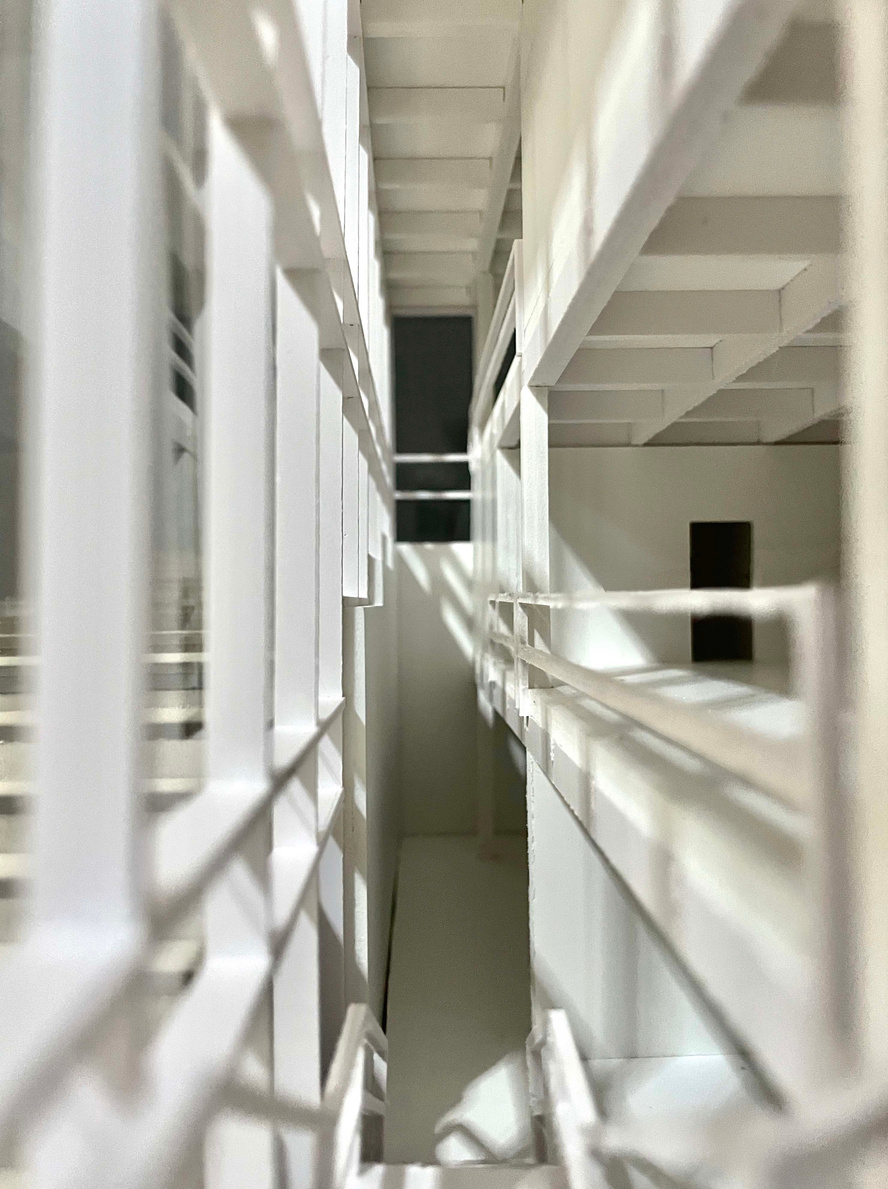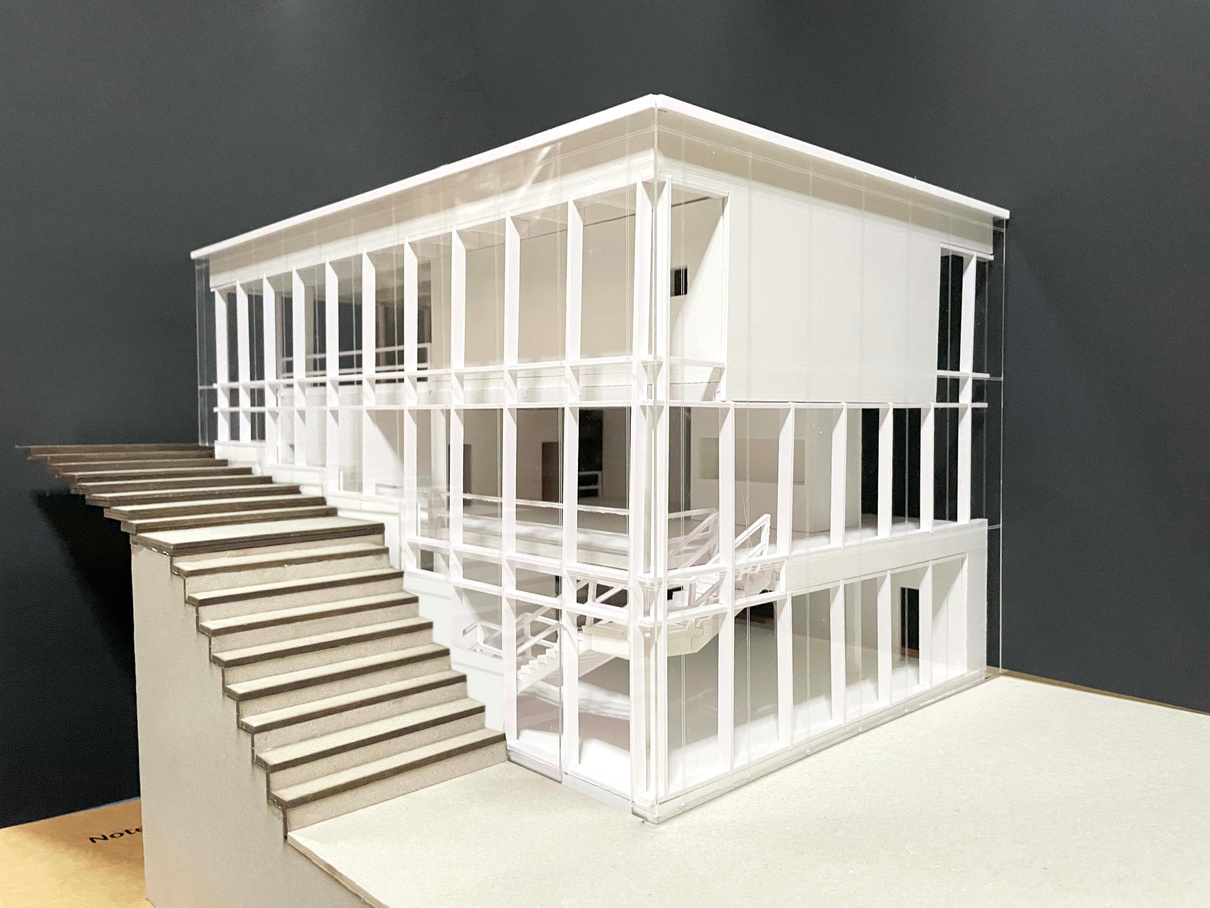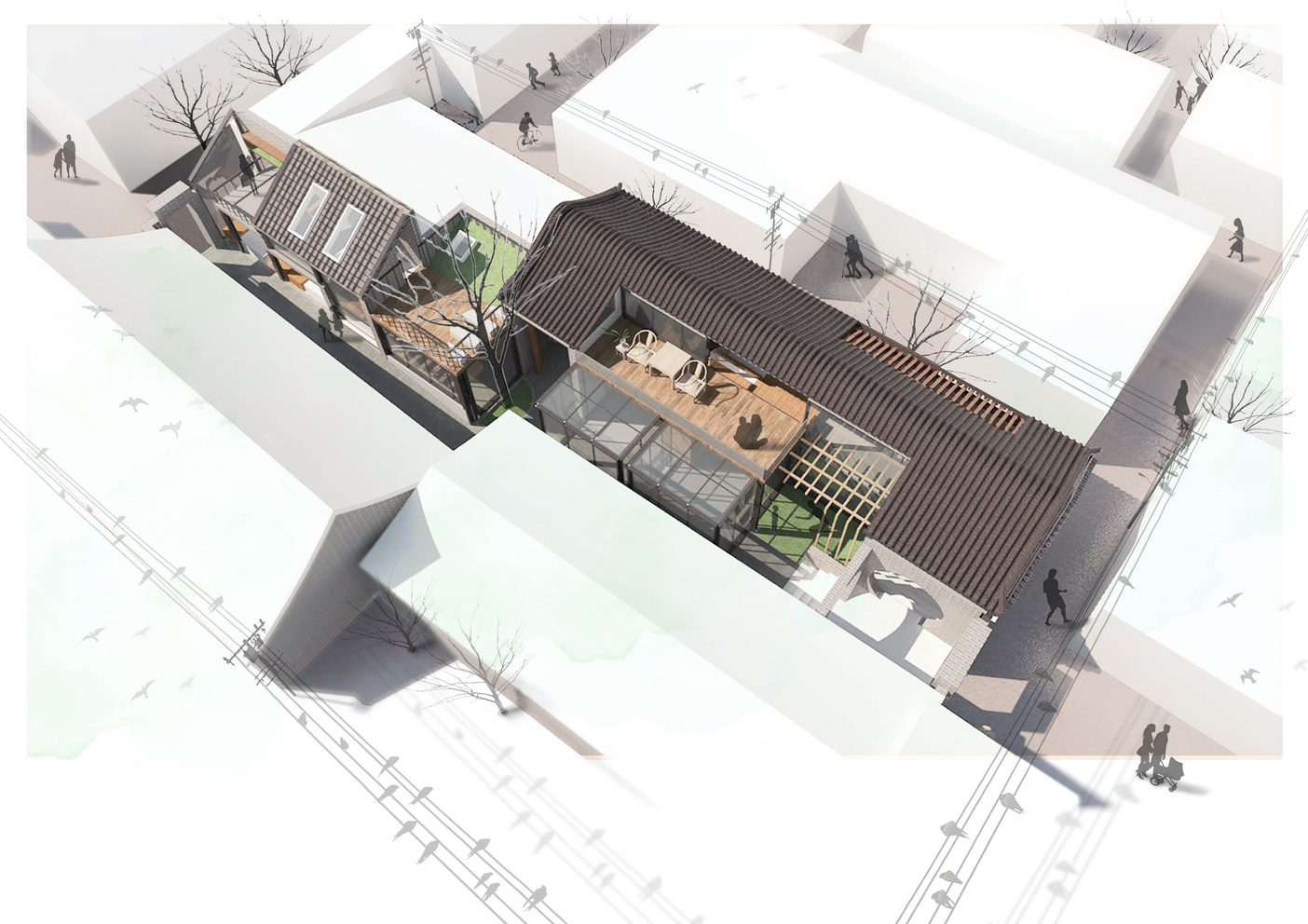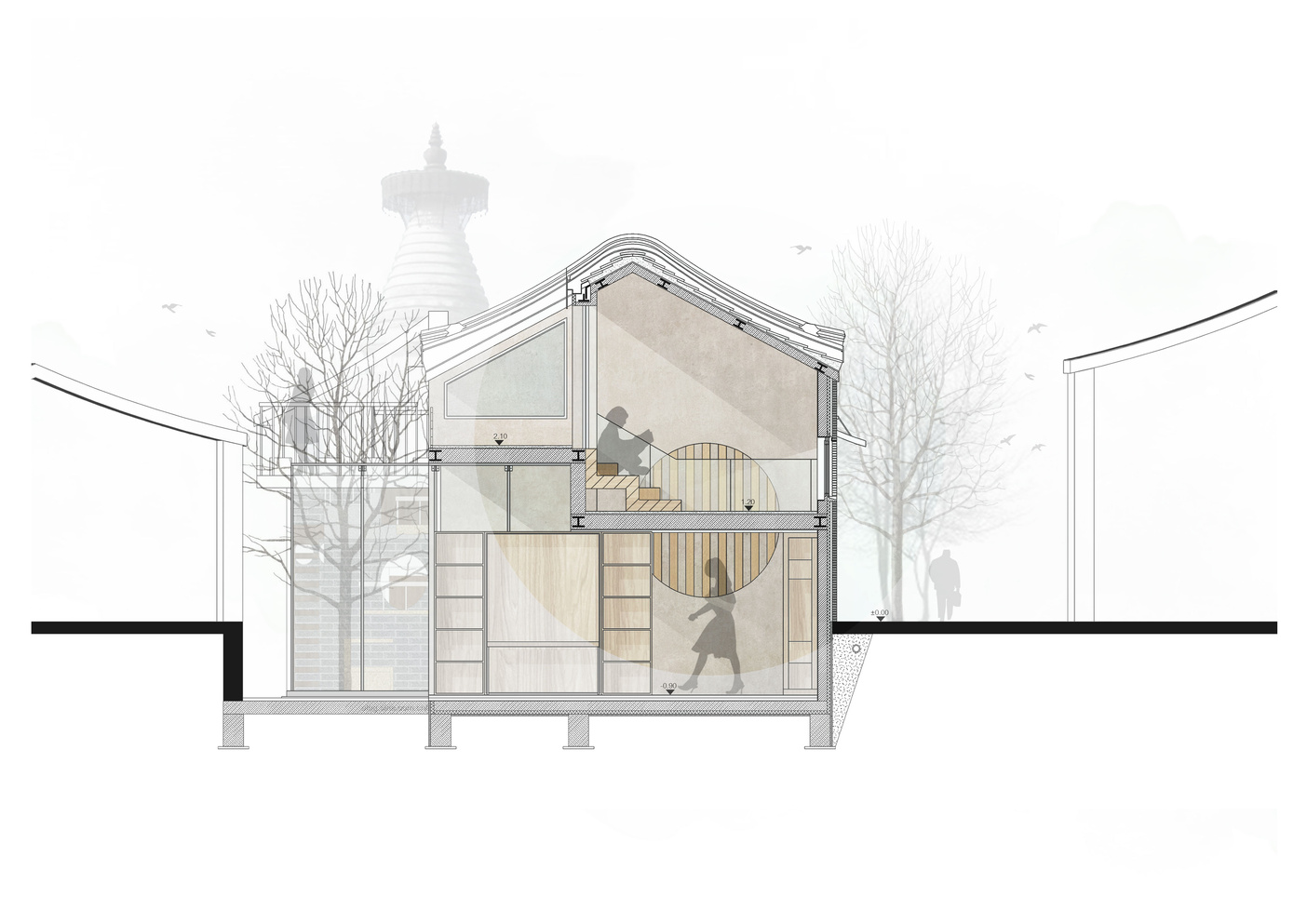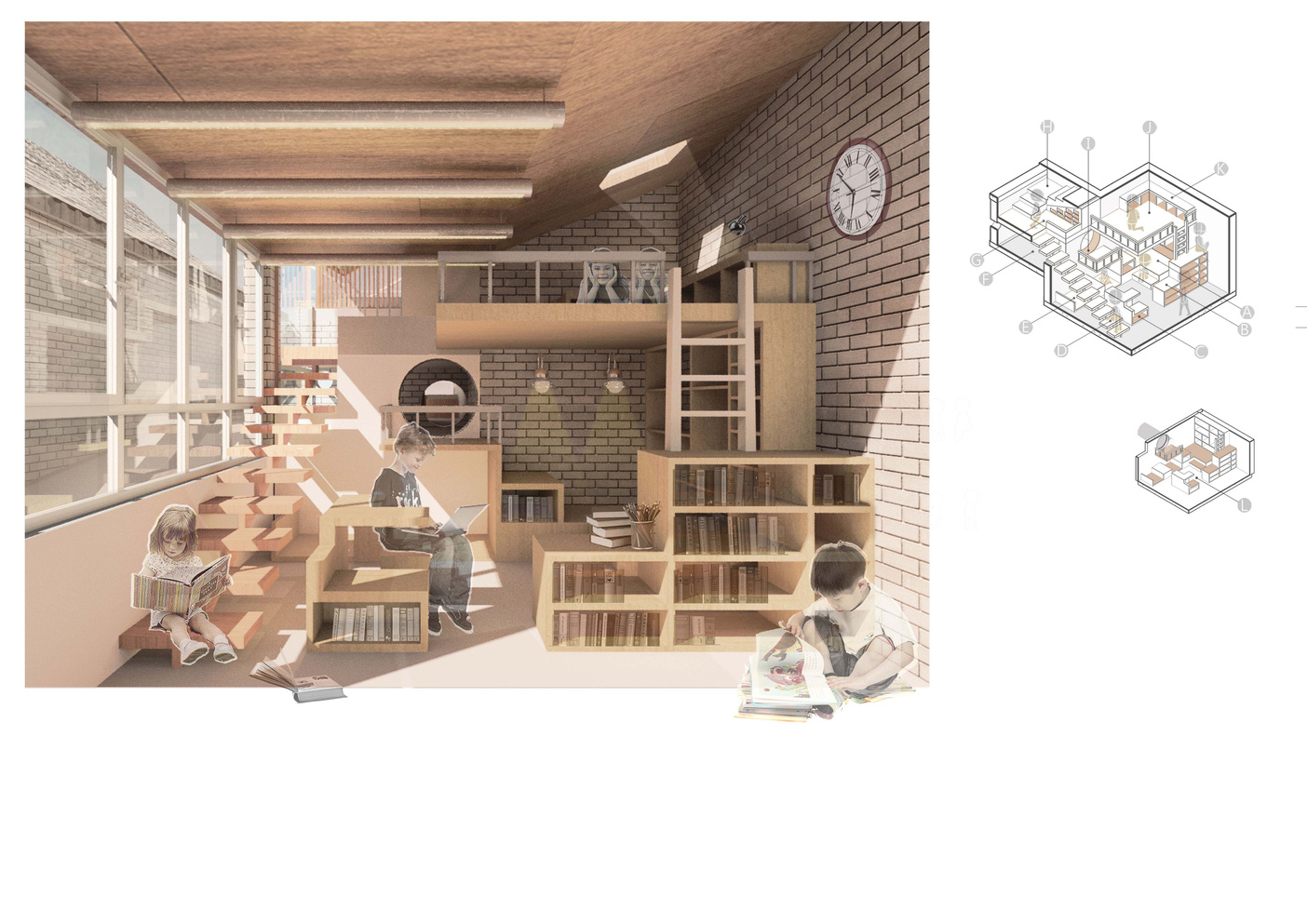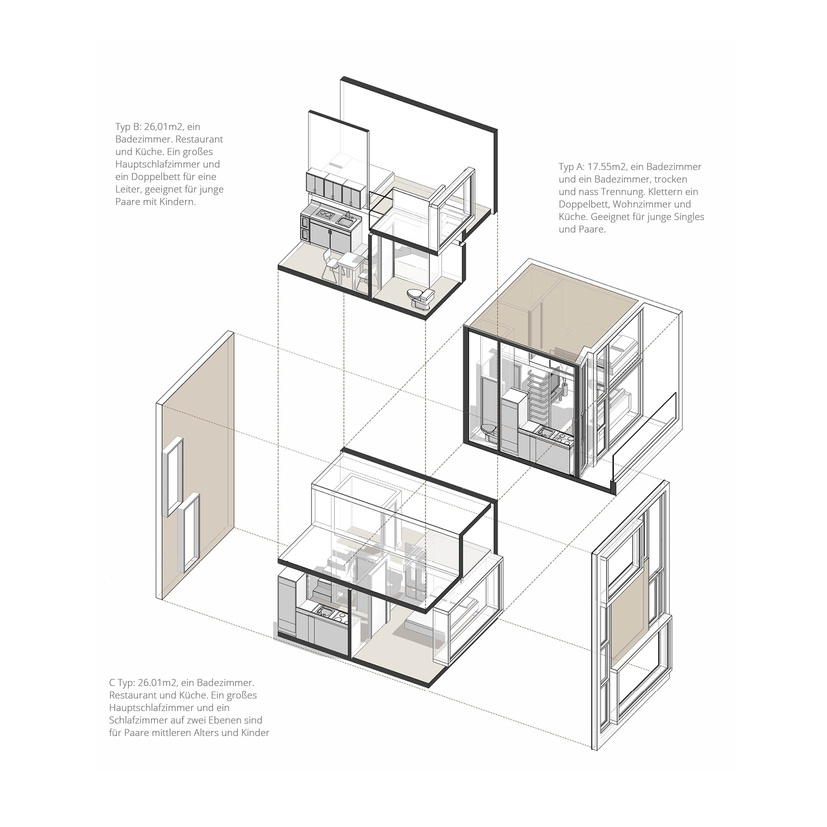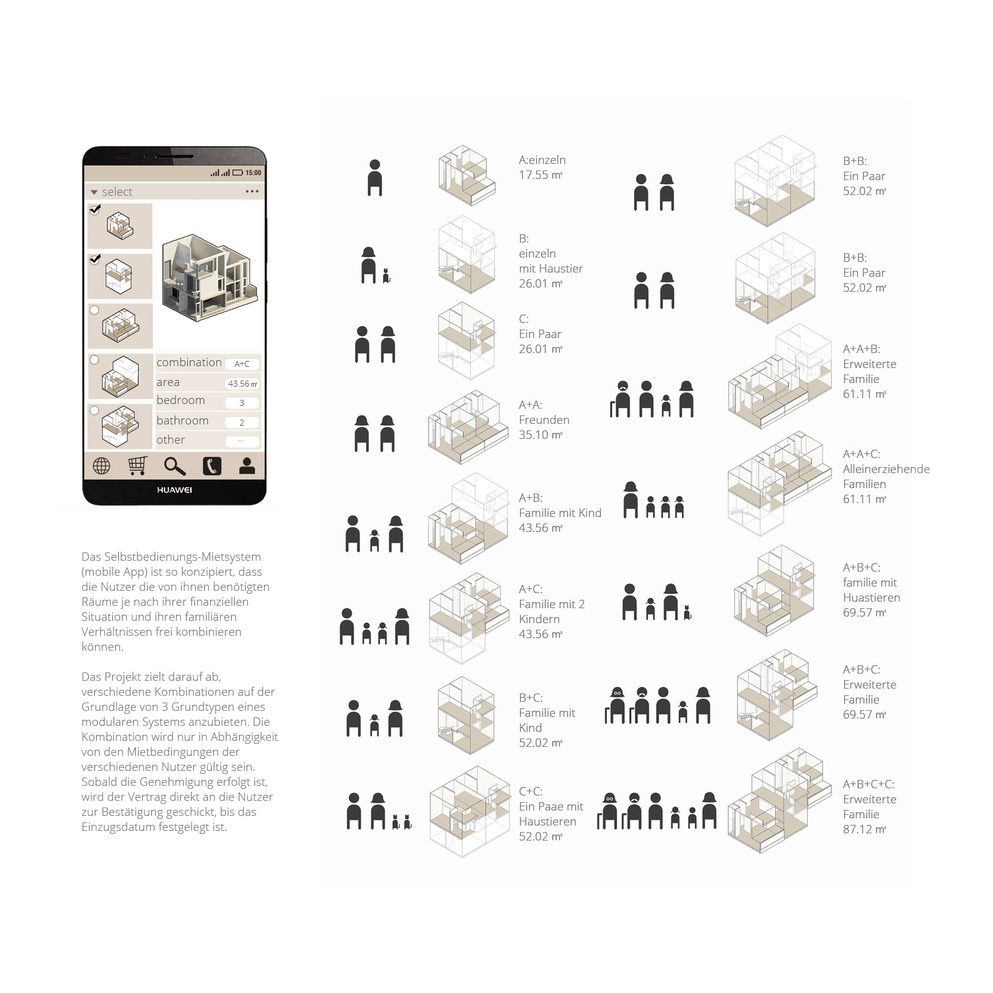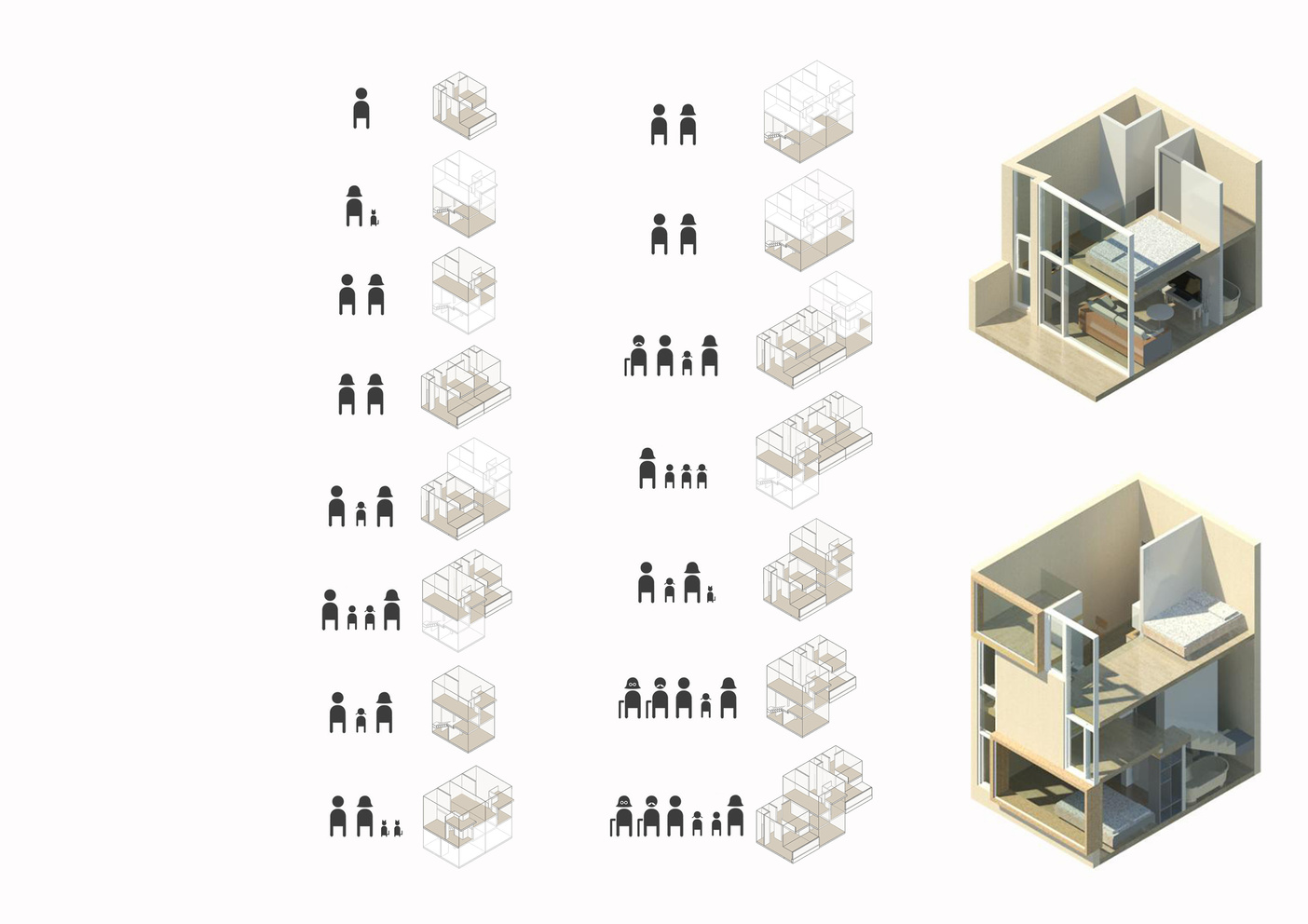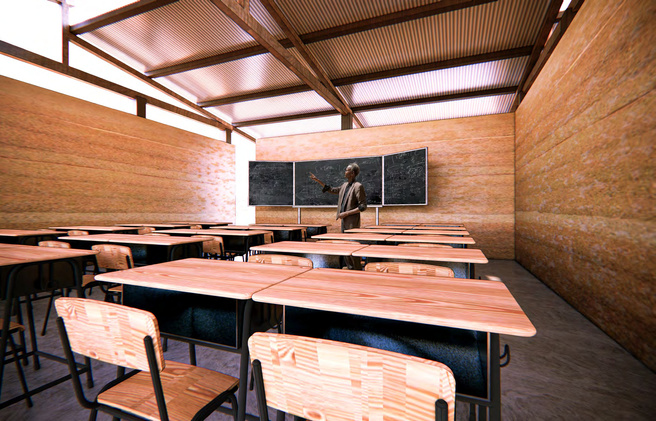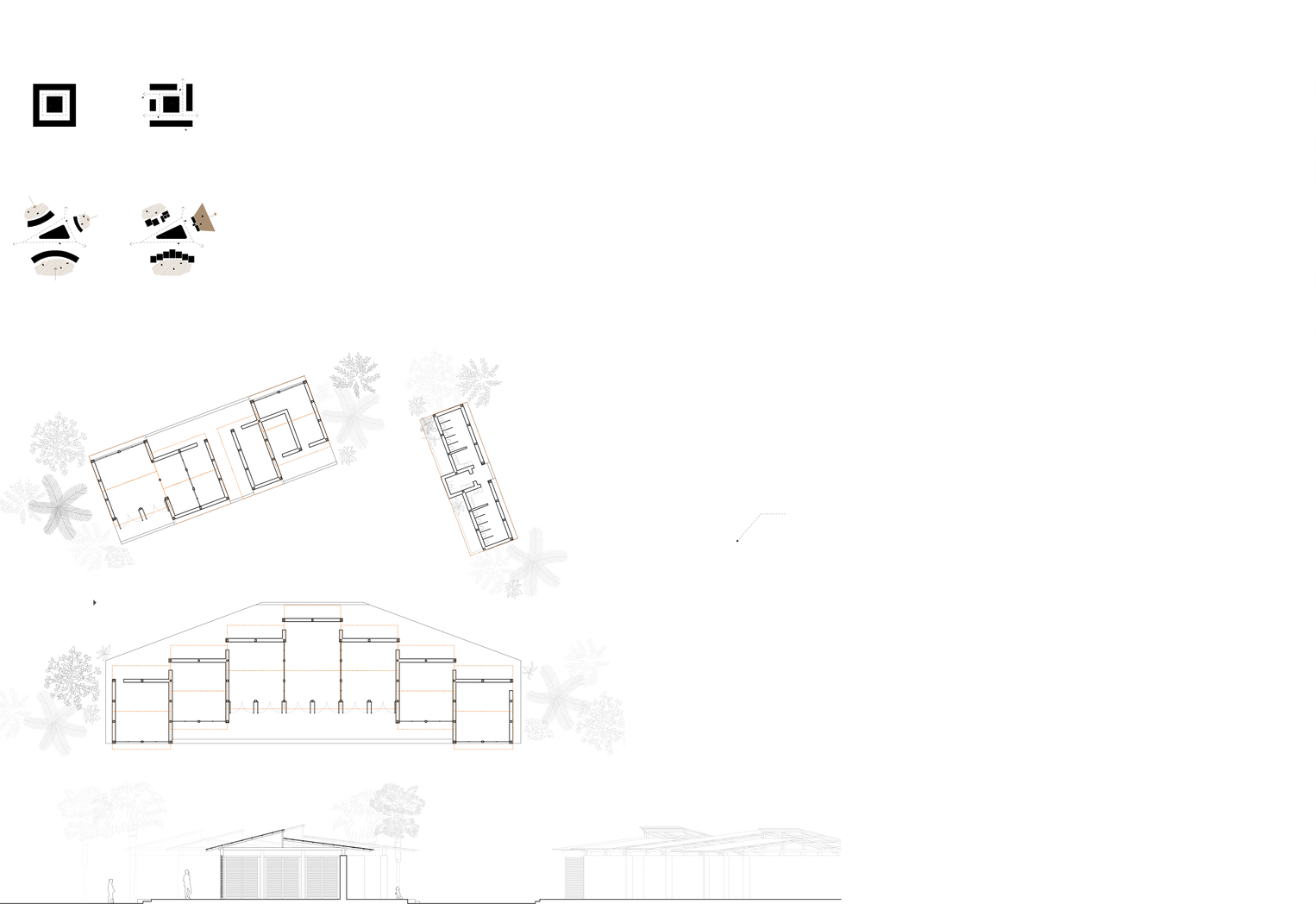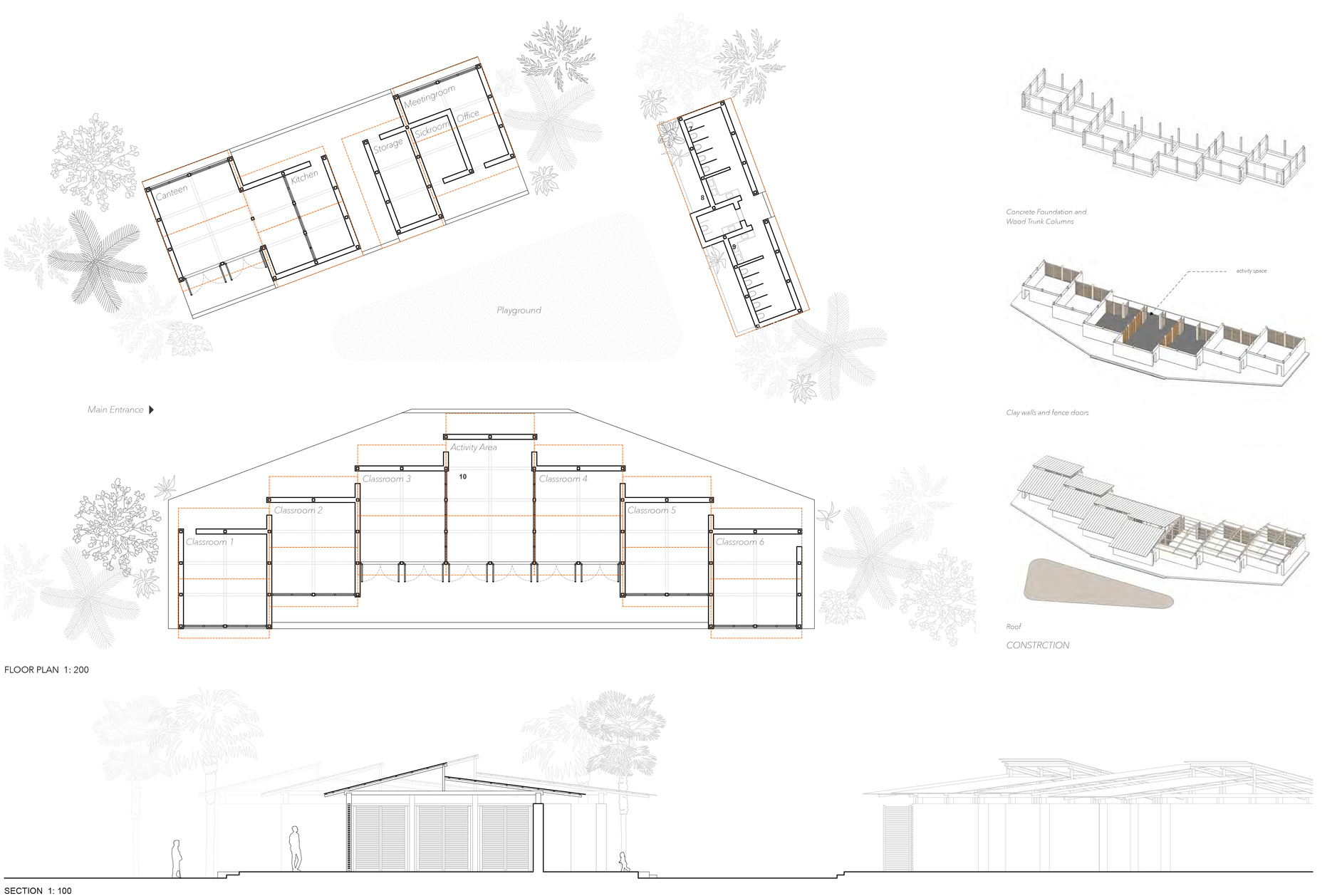1
I
壹
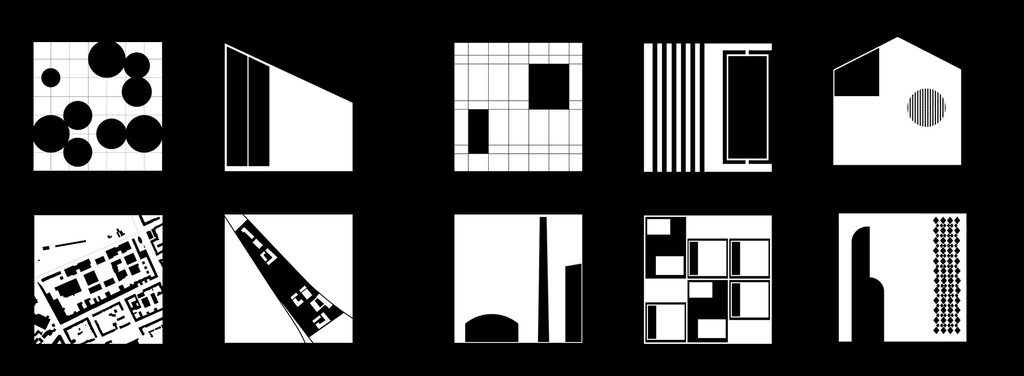
Neighborhood development
City within a city
Future Campus Berlin
This project is my diploma thesis. The former AEG site in Berlin-Mitte, near the city center, is now a technology park and startup hub, recognized as one of Berlin’s 11 “Future Locations.” The historic buildings, including rail tracks and cranes, define the area’s character.
The concept aims to create a multifunctional campus for science, technology, innovation, co-working, and residential infrastructure. The “Future Locations” program promotes collaboration between research institutions, startups, technology centers, and established companies.
The district is well-served by public transportation. The main entrance, located in the north, faces the campus park, while an underground garage along Gustav-Meyer-Allee provides easy access. A network of bike paths and limited surface parking supports sustainable mobility.
The design preserves the old tracks in the west of the block and incorporates various paving materials, with new green spaces and plazas created as open areas.
The concept focuses on climate optimization through the use of district heating, photovoltaic systems, and extensive green roofs. These measures enhance water retention, reduce pollutants, and contribute to CO₂ reduction. Additionally, materials from demolished buildings are reused, and sustainable construction materials are employed to create a future-ready neighborhood.
2
II
贰

Manufactory and Exhibition
Ceramics Manufactory and Exhibition Hall on the Original Factory Site in Porto, Portugal
This project involves the design of a ceramics studio and exhibition hall on the grounds of the original ceramics factory. The design pays homage to the site's industrial heritage while embracing contemporary architectural aesthetics. At its core, the project integrates the historical elements of the factory with modern, functional spaces that cater to both artistic creation and public display.
The building's layout is centered around the original structure, preserving key elements such as the old brick kiln, which now serves as a focal point for both the studio and exhibition areas. Surrounding the kiln are open studio spaces that allow for collaborative work and artistic experimentation, while the exhibition halls are designed to showcase finished works in a setting that highlights their craftsmanship.
Natural light filters into the building through strategically placed skylights and large windows, creating a warm, inviting atmosphere for both artists and visitors. The materials used in the renovation — exposed brick, polished concrete, and wooden accents — strike a balance between the industrial past and the creative future of the site.
Outside, a landscaped courtyard provides a serene environment where artists and visitors can interact, while outdoor exhibition spaces offer opportunities for large-scale installations and events.
This project seeks to create a vibrant hub for ceramic arts, where history, creativity, and community converge.
3
III
叁

Old Industrial Culture
The Bee Village, Farming Island
in Rüdersdorf, Germany
The name "Bee Village" was inspired by the core idea of our concept. It is an ecological place for experimental living, culture, and sustainable semi-self-sufficiency. But why semi-self-sufficiency?
The Bee Village is a metaphorical representation of a beehive. The "bees" in the village have various roles: the worker bees stay within the hive, managing internal production, while the forager bees are active outside. To maintain authenticity and protect traditional culture, part of the village’s production will come from gardens, fields, and animal farming—ranging from permaculture and agroecology to vertical farming, aquaponics (combined fish and plant cultivation), and hydroponics.
Cooperation extends on two levels: locally, it includes production, supply, transportation, and sales. On a broader cultural level, it involves education and sharing knowledge via online platforms. This ensures that the village not only sustains itself but also actively contributes to the region's economy and culture.
4
IV
肆

Monument Preservation
Farm transformation featuring -
Winter Garden in Liebstadt, Germany
This project focuses on the renovation of an old farm located near the village of Liebstadt, Saxony. The aim is to restore the existing structures while preserving the original stables and agricultural functions. The transformed facility will serve as a multifunctional space, accommodating seminars, lodging, communal dining, and cultural activities, creating a warm and inviting environment for visitors to enjoy learning and experiential activities.
The historically significant buildings will be preserved in their entirety, with careful modernization of windows and doors, alongside maintenance repairs to the walls and supporting structures. A new sunroom will be added on one side, functioning as a winter garden while also connecting previously isolated rooms. This design improvement addresses the inconvenience of having to navigate between indoor and outdoor spaces without a common gathering area.
The new construction will utilize materials distinctly different from those of the old buildings, incorporating glass, steel, and wood. This choice visually separates the new and old structures, ensuring the authenticity and continuity of the historical architecture throughout the renovation process.
5
V
伍

regional development
Intelligent Connections - Made in Pieschen, Germany
The Pieschen district is located in the northwest of Dresden, near the Elbe River and Neustadt railway station. Pieschen has excellent transport infrastructure with various modes of transportation, making it convenient to transport goods or people quickly to other parts of the city or across the country.
Pieschen is a mixed-use area. In addition to its large residential portion, it offers a variety of other uses. Compared to other districts, the average age in Pieschen is about four years younger, making it particularly attractive to younger generations and small families.
The aim of the design is to create an urban space for recreation, leisure, and industry that can bring more vitality to Pieschen. To achieve this, three plazas with different themes and atmospheres will be designed and connected by city pathways. A central green park is located at the heart of the site, offering residents a variety of recreational opportunities. The central plaza within the park serves as a meeting place for the community.
6
VI
陆

education
New Teaching Building at Jingdezhen Ceramic Institute, China
Situated on a hill, this project envisions a new teaching building for the Jingdezhen Ceramic Institute, located at the heart of the university town. The design places particular emphasis on the landscape and the unique material of ceramics, offering users diverse learning and participatory experiences.
The flexible design and high efficiency of the building reflect the institute's ambitions to foster new forms of classrooms as a framework for research. Most spaces are designed in varying sizes to allow for adaptable layouts, enabling exhibitions, institute-specific installations, and future functional changes.
Notably, the façades are periodically clad with ceramic tiles arranged in different patterns, serving as automatic sunshades, and incorporate new technological solar panels. This innovative approach ensures that the building not only respects the region’s ceramic heritage but also integrates modern sustainability features.
7
VII
柒

culture
Islamic Cultural Center in Xinjiang, China
The Islamic Cultural Center is located in the Xinjiang Province of China. This project highlights the unique culture of Xinjiang and strengthens the soft power of the city. The cultural center is equipped with multiple functions, serving not only as a recreational hub for the city but also as an important cultural venue for introducing local religion and history.
The design is based on the unique ethnic composition, the historical context, multifunctional spaces, and the surrounding cultural landscape. The project is situated adjacent to the large mosque in Kashgar, Xinjiang, and utilizes the region's distinctive local loess as the primary building material. The overall style draws inspiration from traditional Islamic architecture, creating a harmonious blend with the local environment.
The central plaza in front of the cultural center also provides a space for the Muslim community to gather while attending prayers at the mosque. This thoughtful integration of space encourages community engagement and cultural exchange, enhancing the vibrancy of the area.
8
VIII
捌

museum
Musical Instrument Museum in Markneukirchen, Germany
The concept of the design is based on the interplay of sightlines. The exhibition is presented both indoors and outdoors, creating a seamless connection between the two. The compact concrete core within the structure and the large glass box serving as the outer shell follow the "box-in-box" principle, resulting in differentiated spatial qualities. Visitors enjoy stunning views of the historic museum ensemble and the surrounding landscape through the glass façade. As they move through the exhibition spaces or ascend the staircase, they experience a dynamic and ever-changing visual journey.
To achieve an open and unobstructed exhibition area, a beam-and-slab support system is employed. In the upper floors, vertical loads are supported solely by the columns, while in the ground floor and lower levels, loads are carried jointly by the columns and the base.
The double-glazed façade features a T-shaped curtain wall made of glass and steel as the outer layer, with a post-and-beam structure as the inner layer. The air exchange in the cavity between these layers significantly contributes to energy efficiency.
9
IX
玖

renovation of traditional Courtyard
Community Center in the Baita Temple Historical and Cultural Protection Area, China
This program was selected for the Baita Temple Historical and Cultural Protection Area, the only remaining old district in Beijing. The project highlights the fact that most young people now live and work in the new parts of the city, leaving behind their old towns, which are relatively outdated and no longer functional.
The project aims to repurpose these old houses as research subjects and to serve as community centers for retired residents who wish to spend their leisure time together. In place of the old spaces, more new public areas are planned, providing people with daily opportunities to meet with friends.
The original main building is evenly divided into five sections, which function as the core program components. In addition, the concept of the "movable box" was introduced, allowing the spaces to be flexibly adjusted over time to meet various functional requirements.
0
1
X
拾

housing
Modular Housing Project
Due to the rapid changes in modern social culture and traditional family structures, this project explores an alternative solution through a modular system and a customized communication tool. This approach aims to empower low-income users to select the type of housing they wish to rent based on their needs.
The self-service rental system, designed as a mobile app, allows users to freely combine the rooms they require according to their financial situation and family structure. The project offers a variety of combinations derived from three fundamental types within the modular system, with each combination being valid in accordance with individual rental conditions.
Once approval is granted, the rental contract will be sent directly to the users for confirmation, and the move-in date will be set.
By utilizing a standardized modular system and flexible materials, the housing units can be customized and adapted to different regions. In the future, users will have the ability to select and combine their required spaces via the app, offering a more personalized and adaptable living experience.
C
competition of school building
Kaira Looro 2023
PRIMARY SCHOOL IN SENEGAL New possibility: not only a school, but also a community
The design concept for the Kaira Looro Primary School emphasizes the distinction and interplay between indoor and outdoor spaces, showcasing its potential to extend beyond traditional teaching methods. By strategically arranging and enclosing architectural volumes, the design creates a variety of independent yet interconnected spaces that facilitate diverse activities. This transforms the primary school into not just an educational institution but also a vibrant community hub.
Classroom Area: This section features six classrooms arranged in a "staircase" layout, interconnected by a central laboratory and a public activity area. Notably, the incorporation of wooden lattice partitions allows for the opening and closing of spaces, transforming three independent classrooms into a large, versatile area when needed.
Dining Hall and Staff Area: This section provides a welcoming space for meals and staff interactions, fostering a sense of community and collaboration.
Bathroom Area: The entrances to the bathrooms are strategically located outside the courtyard to address ventilation concerns and offer accessibility for other residents.
With adaptability and a human-centered design approach, the three sections can form a flexible courtyard at varying angles, with the size of the courtyard adjusted based on specific needs and site conditions. This design not only enhances the educational experience but also stimulates local vitality, making it a model that can be applied to any location in the region.
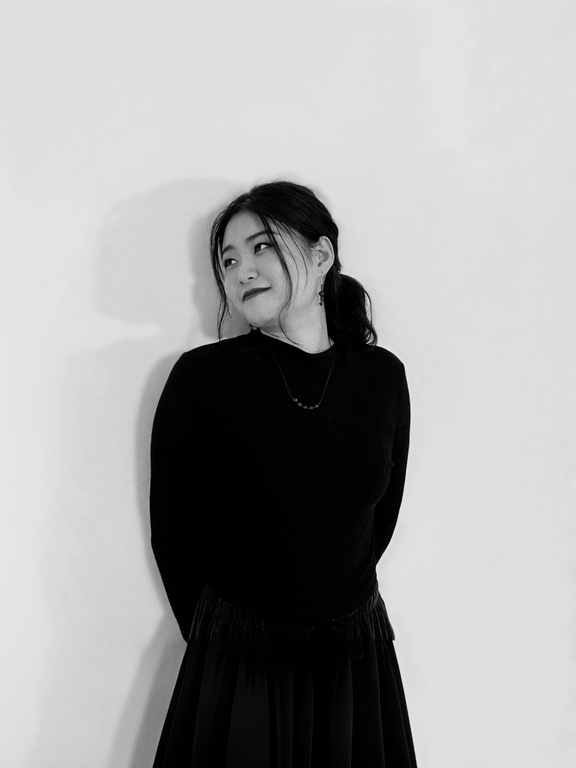
Dipl. Ing. Jiaxin Yu
jiaxin.yu.dd@outlook.com
My architectural and urban design education in China and Germany has fused distinct cultural insights, inspiring a design approach that’s both innovative and forward-thinking. Each project tells a unique story, driving my growth in the field.
2024 -
2024 -
2023
2023
2023
2022 - 2023
2019 - 2024
2016 - 2017
2012 - 2017
2012 - 2017
1995
Employed in Architecture and Urban Design at Schellenberg + Bäumler Architekten Ltd.
WHK (Research Assistant) at TU Dresden, Institute of Urbanism and Urban Studies
Competition Kaira Looro 2023, Top 50
DAAD Scholarship
Internship in Urban Design at rheinflügel severin in Germany
Working student in Architecture at Kilian Architekten in Germany
Diploma studies in Architecture with a focus on Urban Design at the Technical University of Dresden in Germany
Internship in Architecture at Manzhouli Architectural Survey and Design Co., Ltd. in China
University Semester Scholarship
Bachelor's degree in Architecture in China
Born in China
